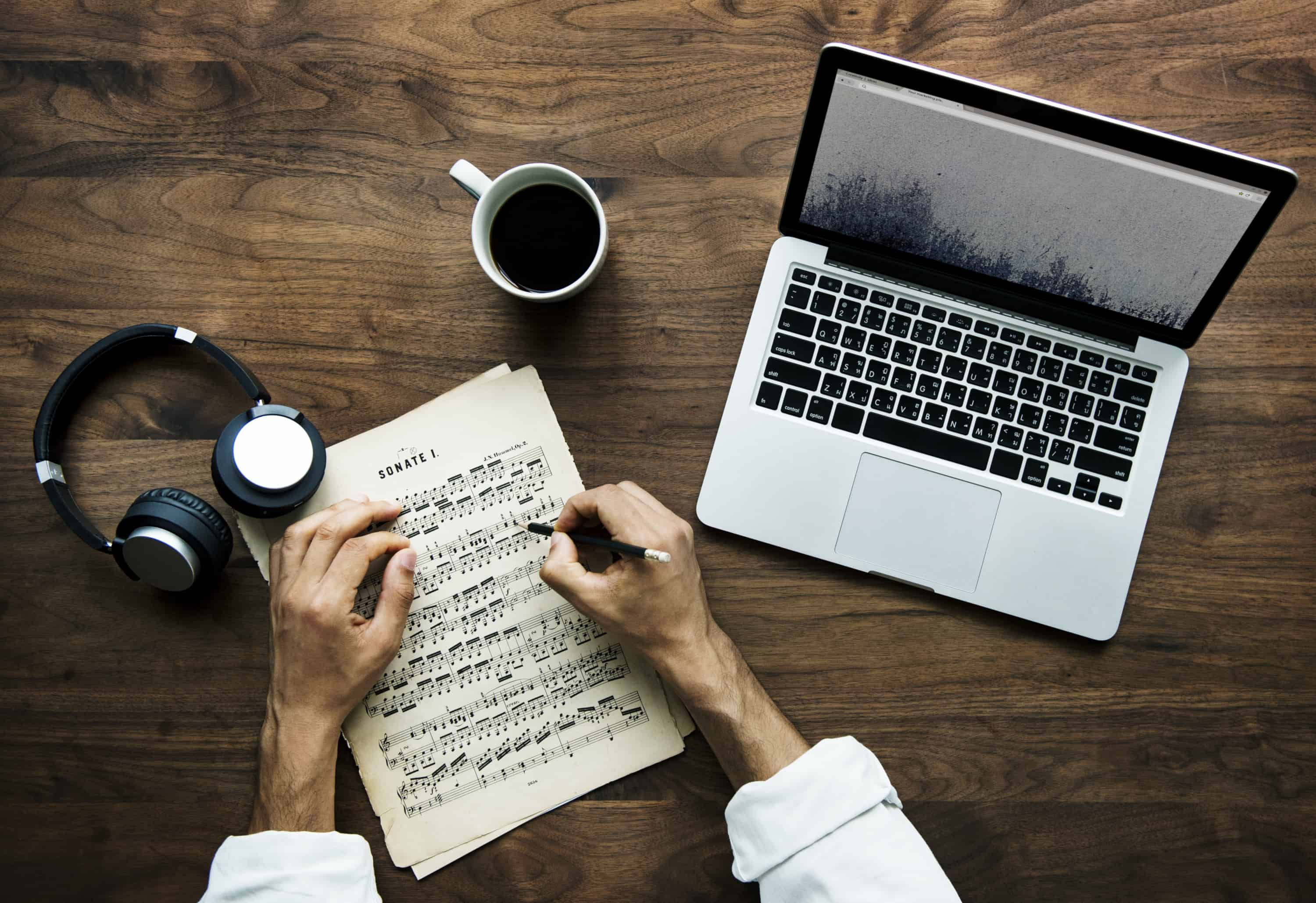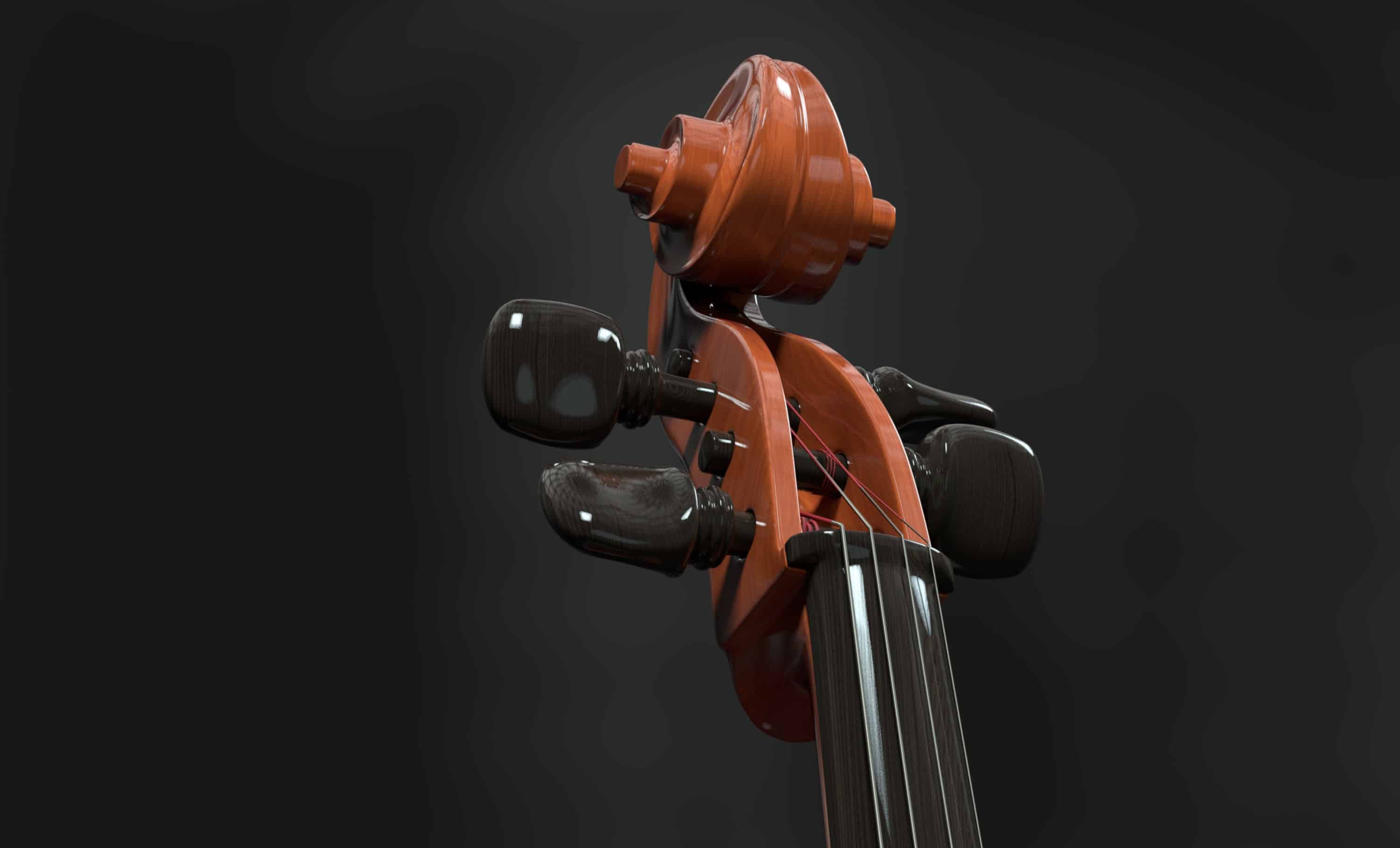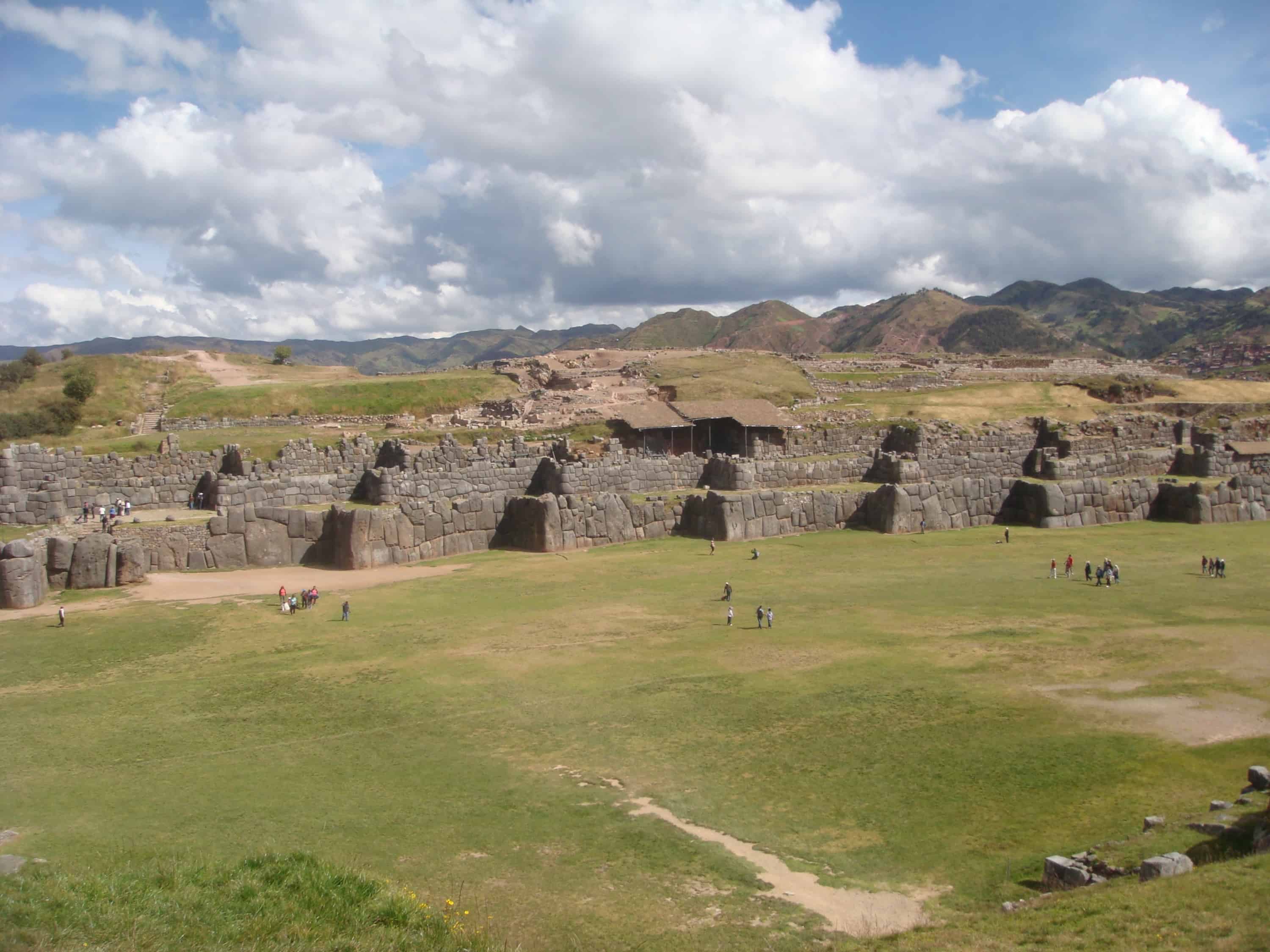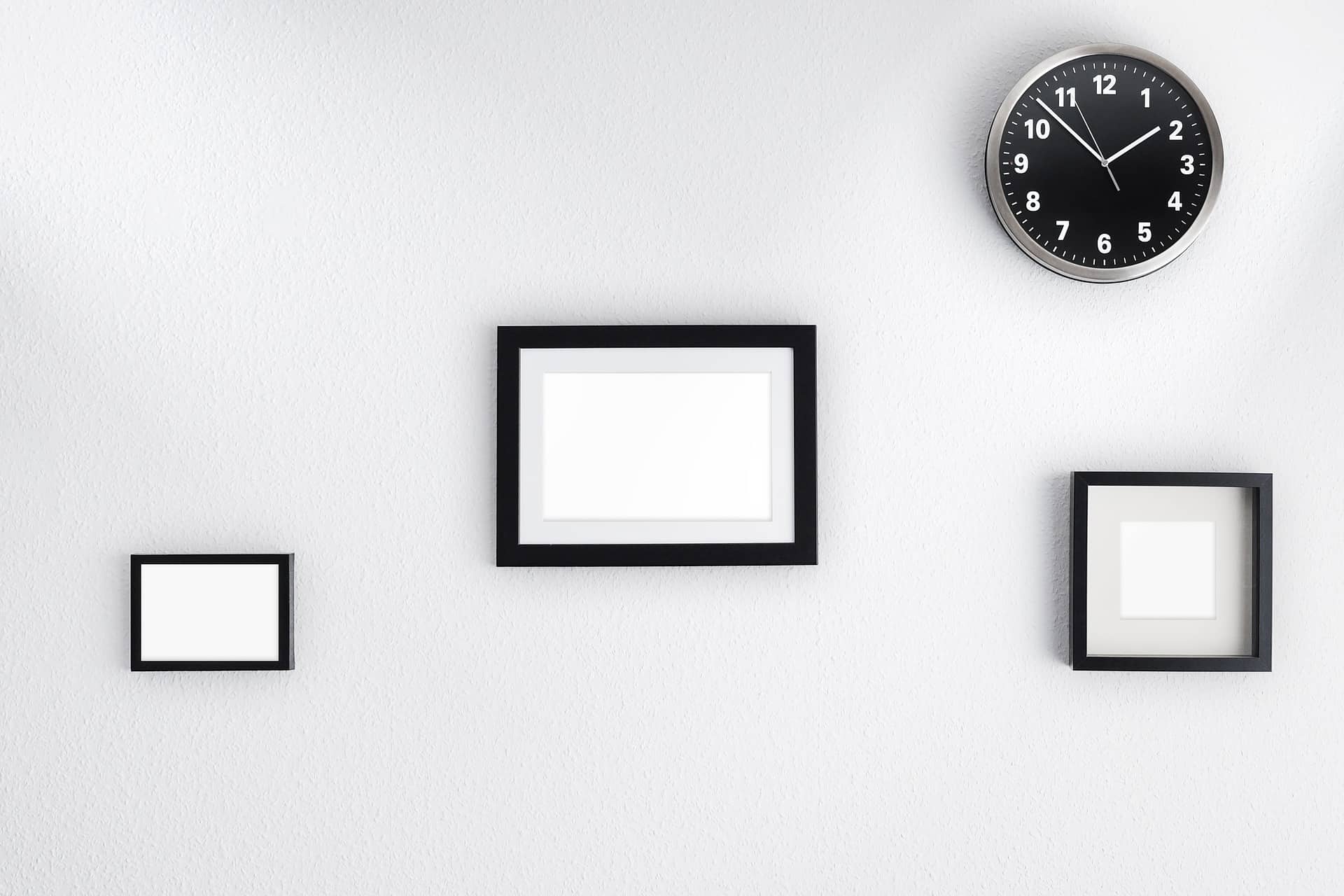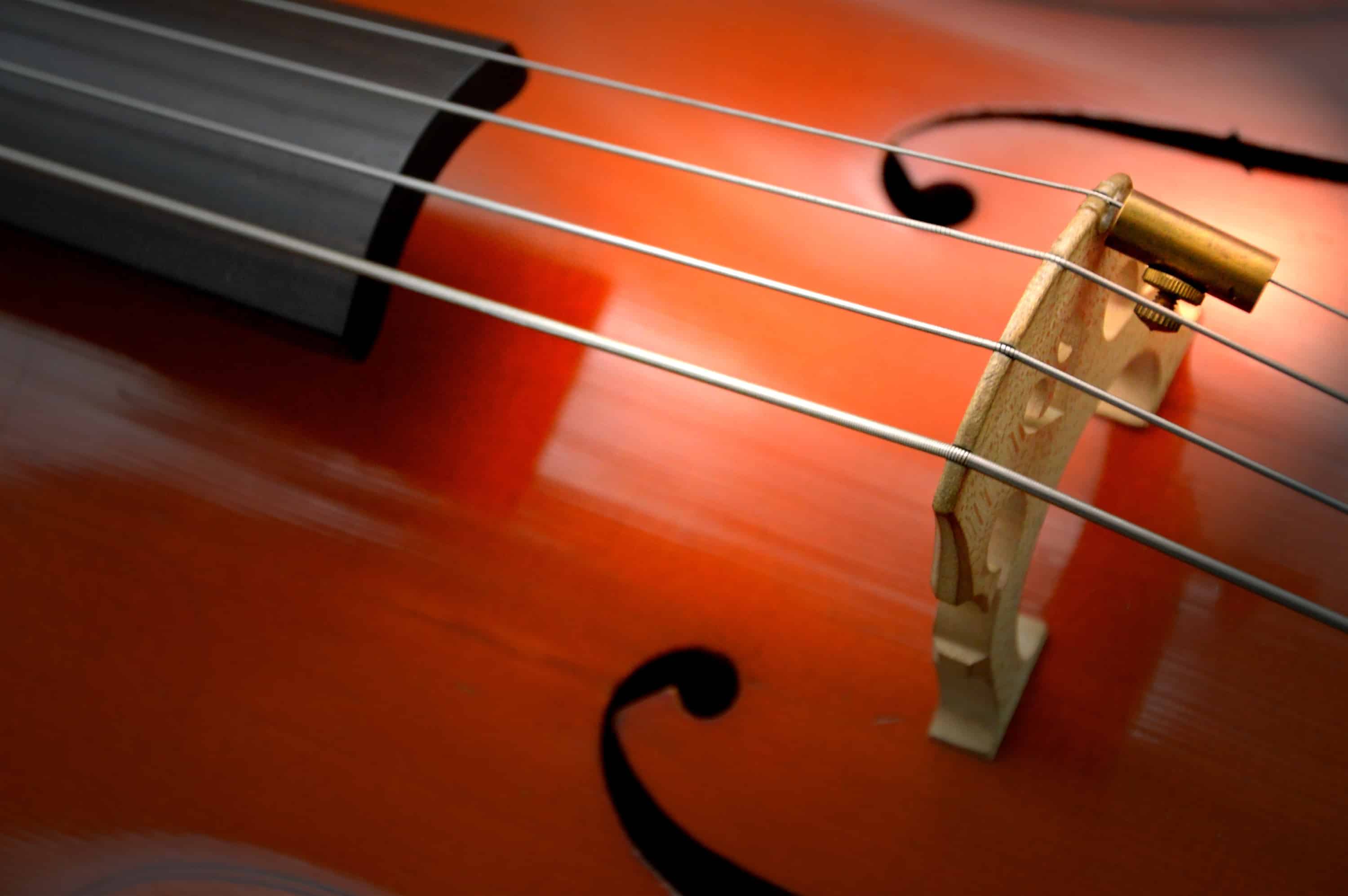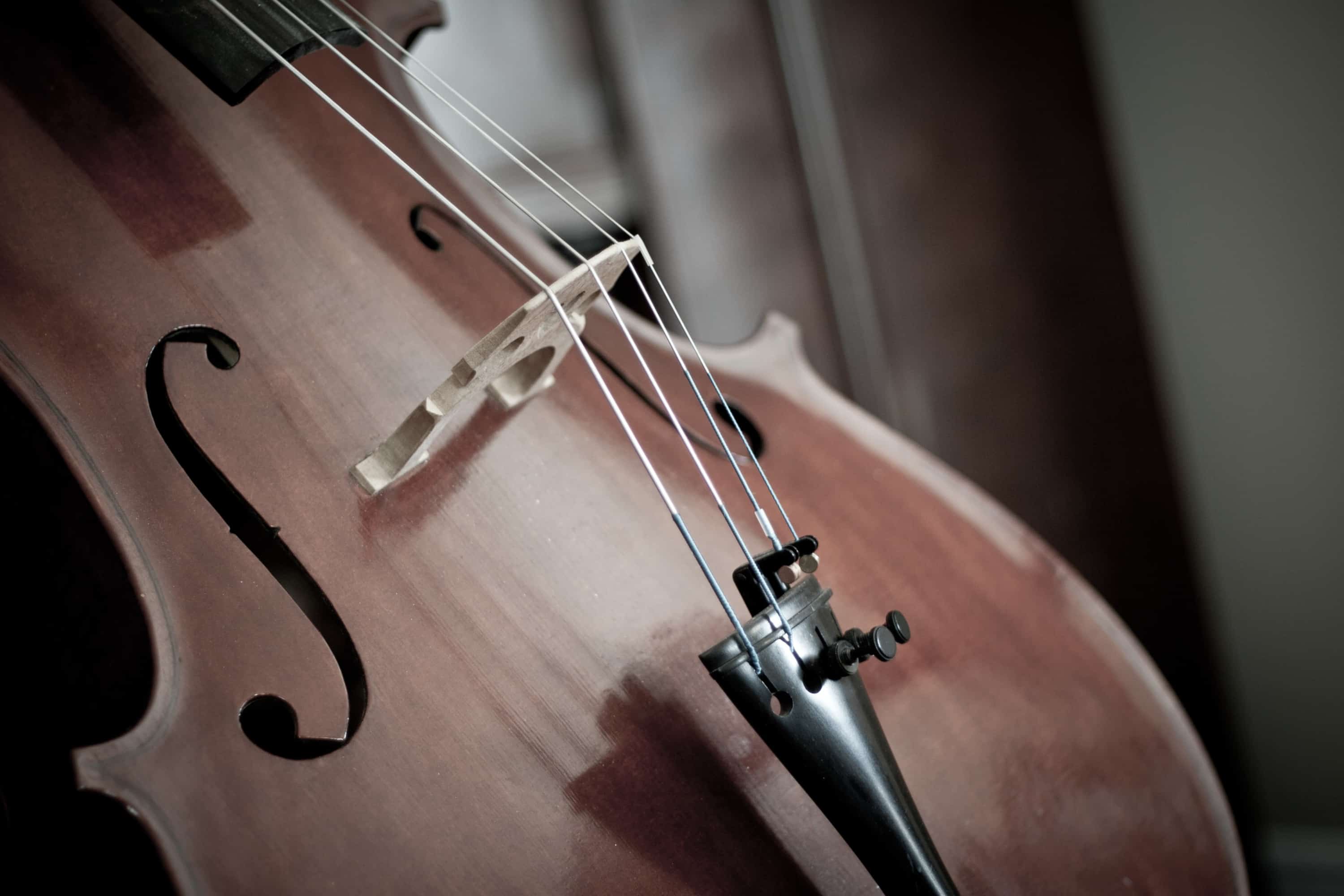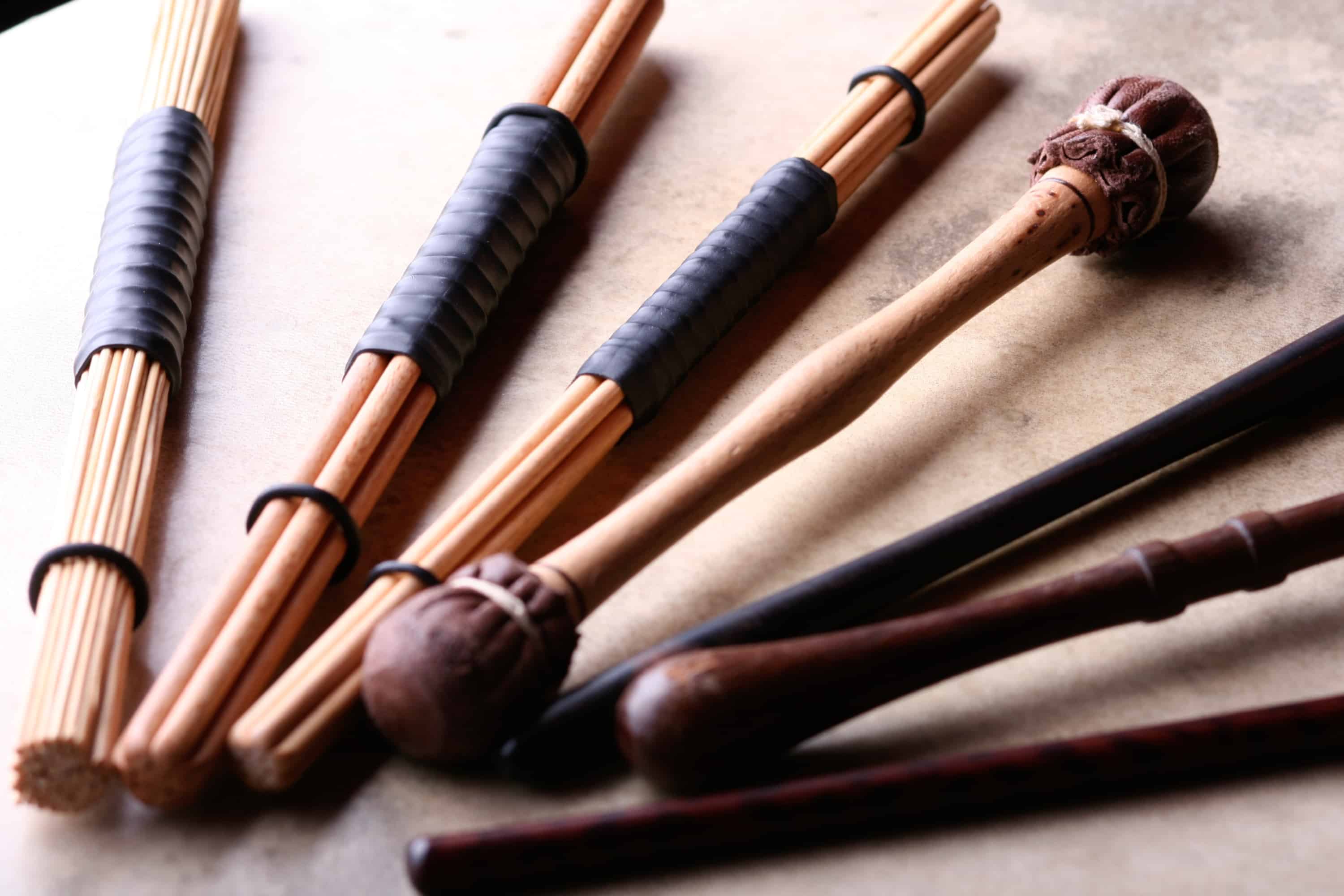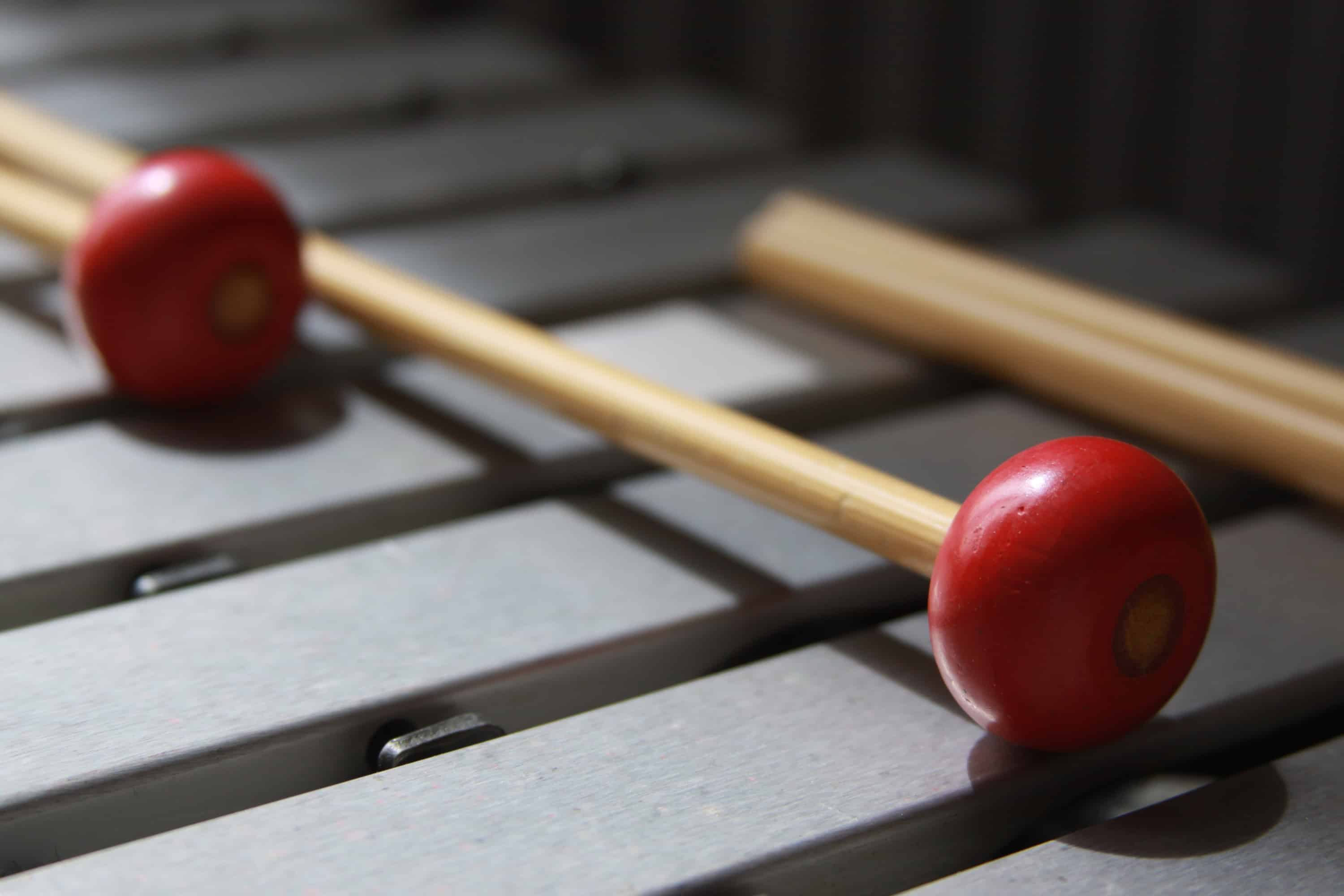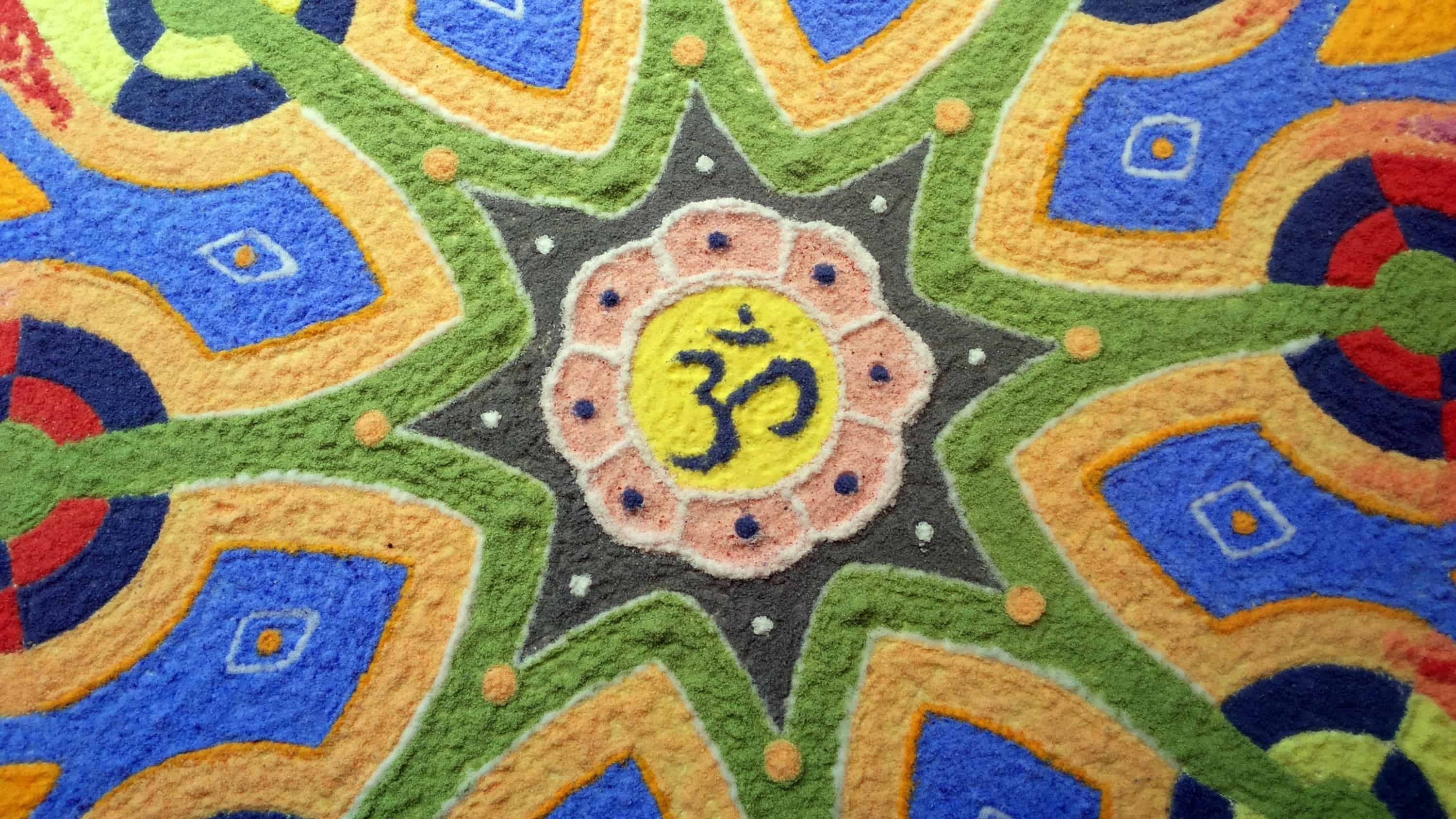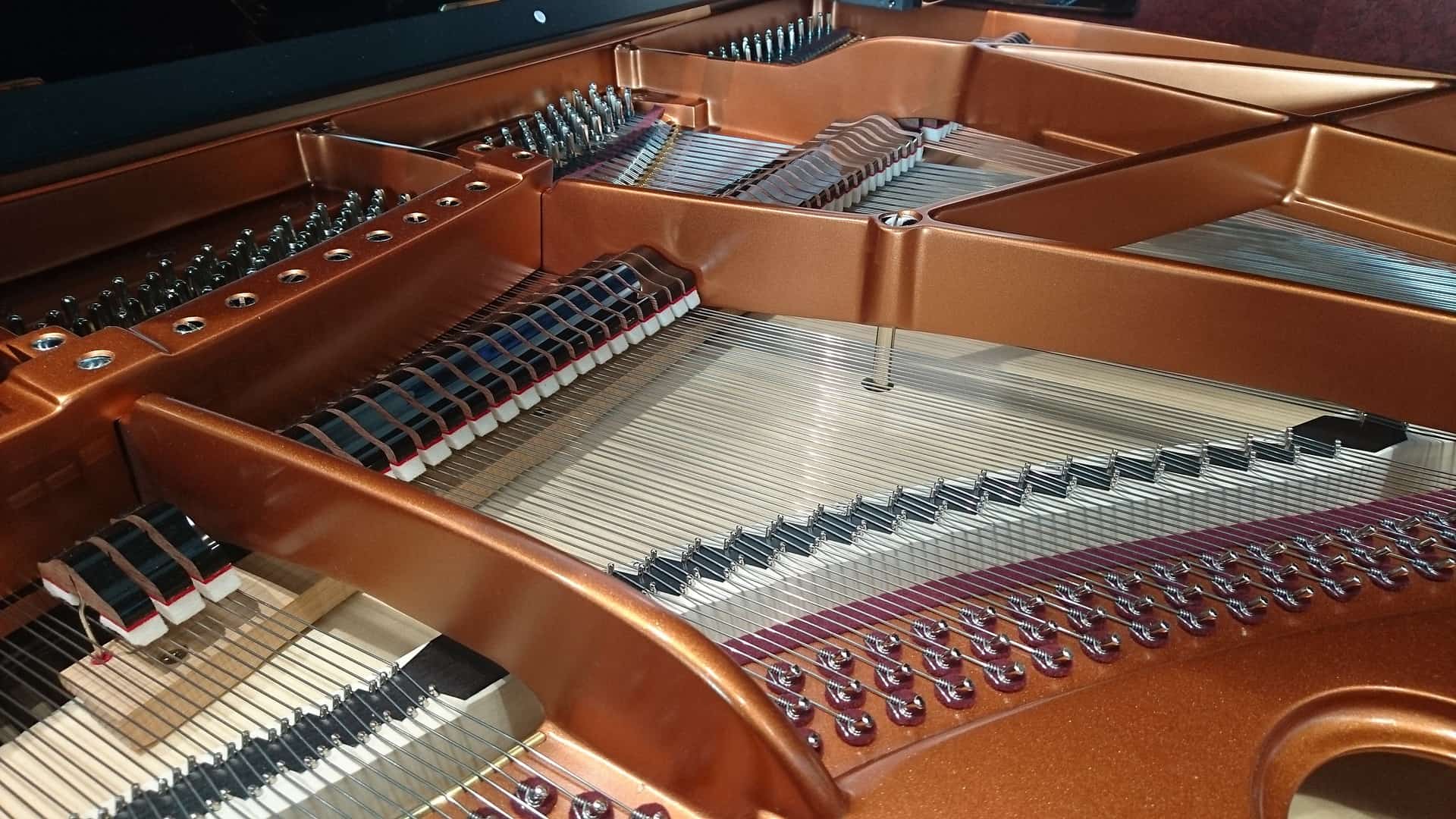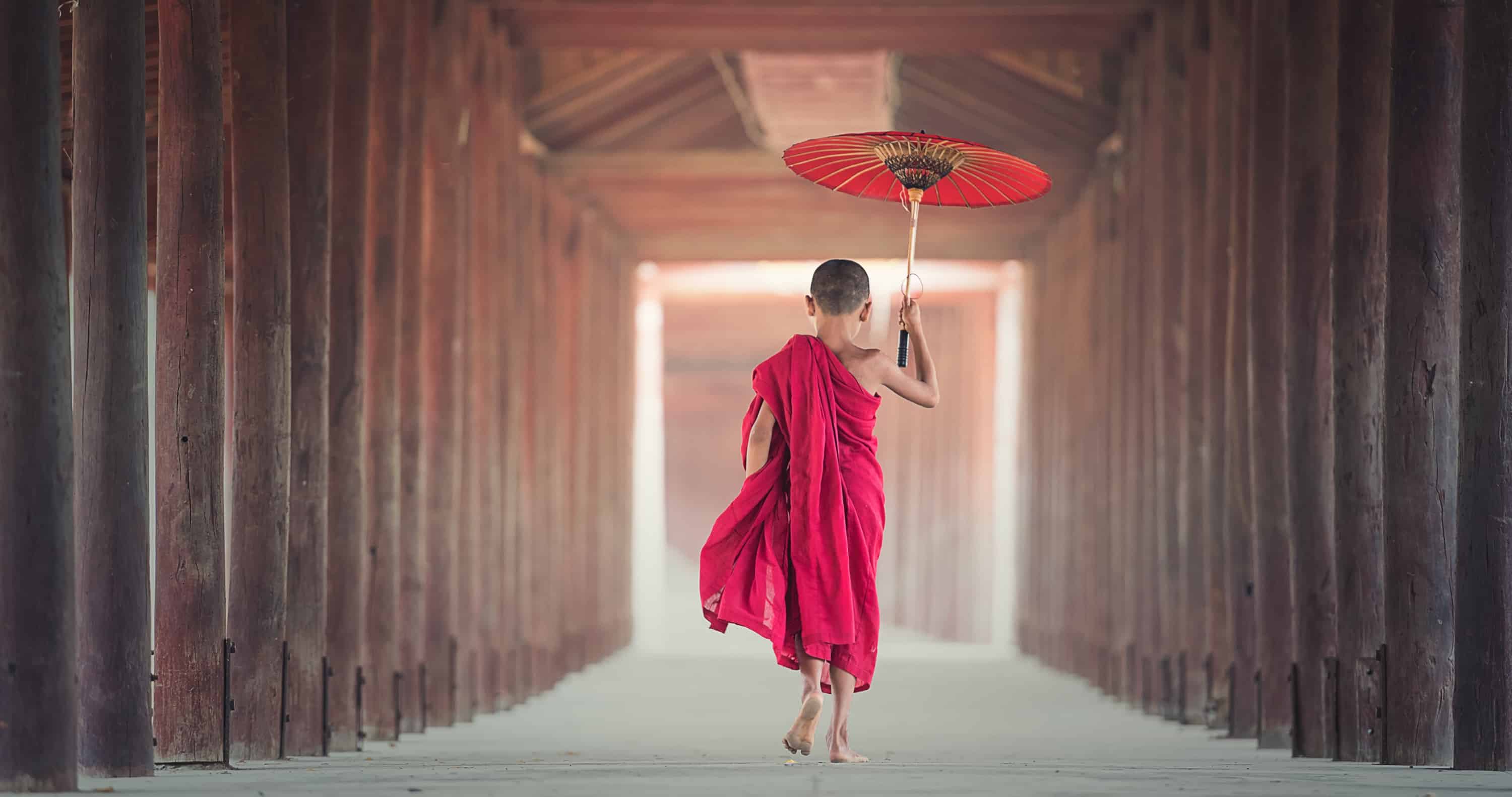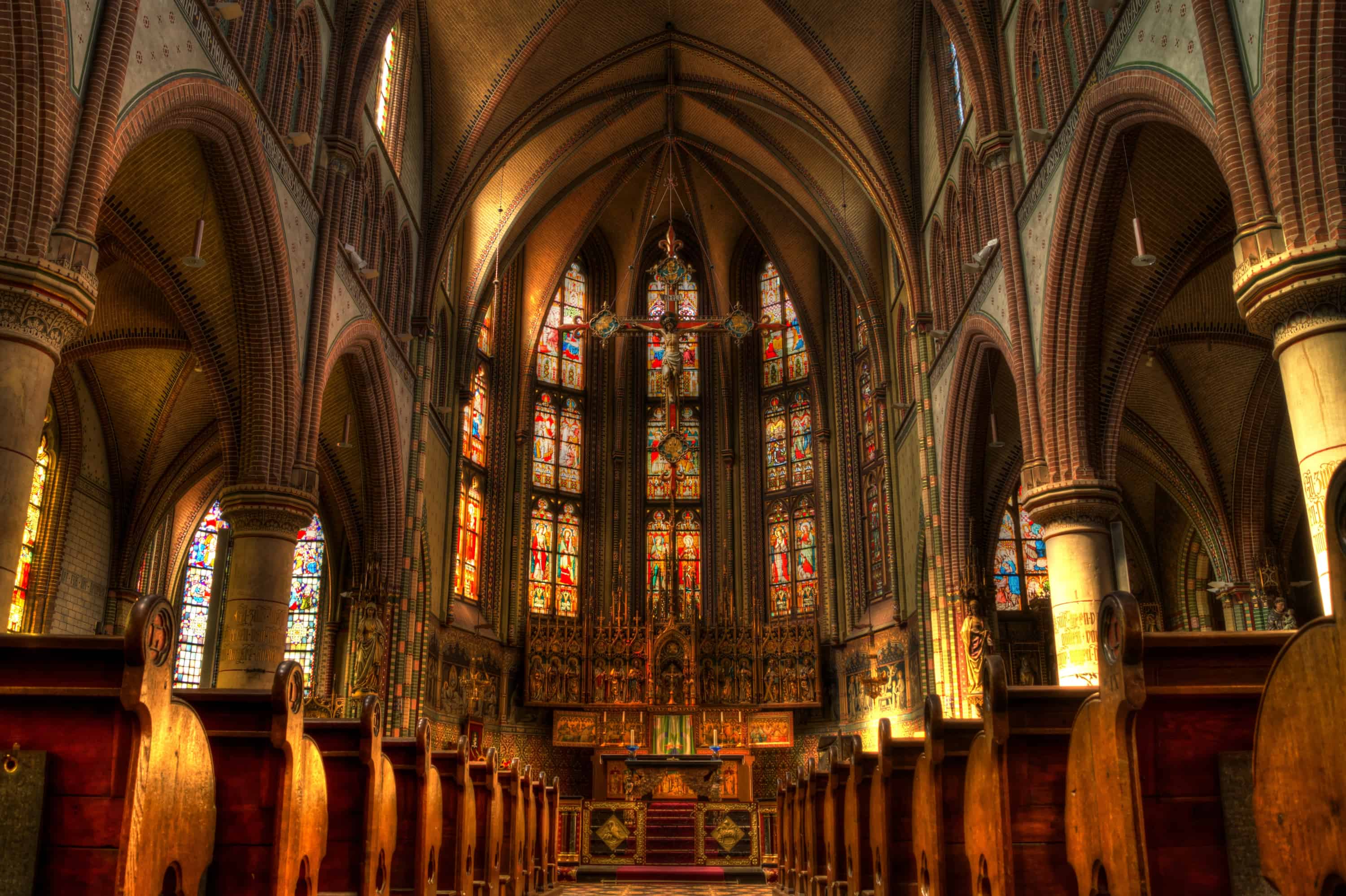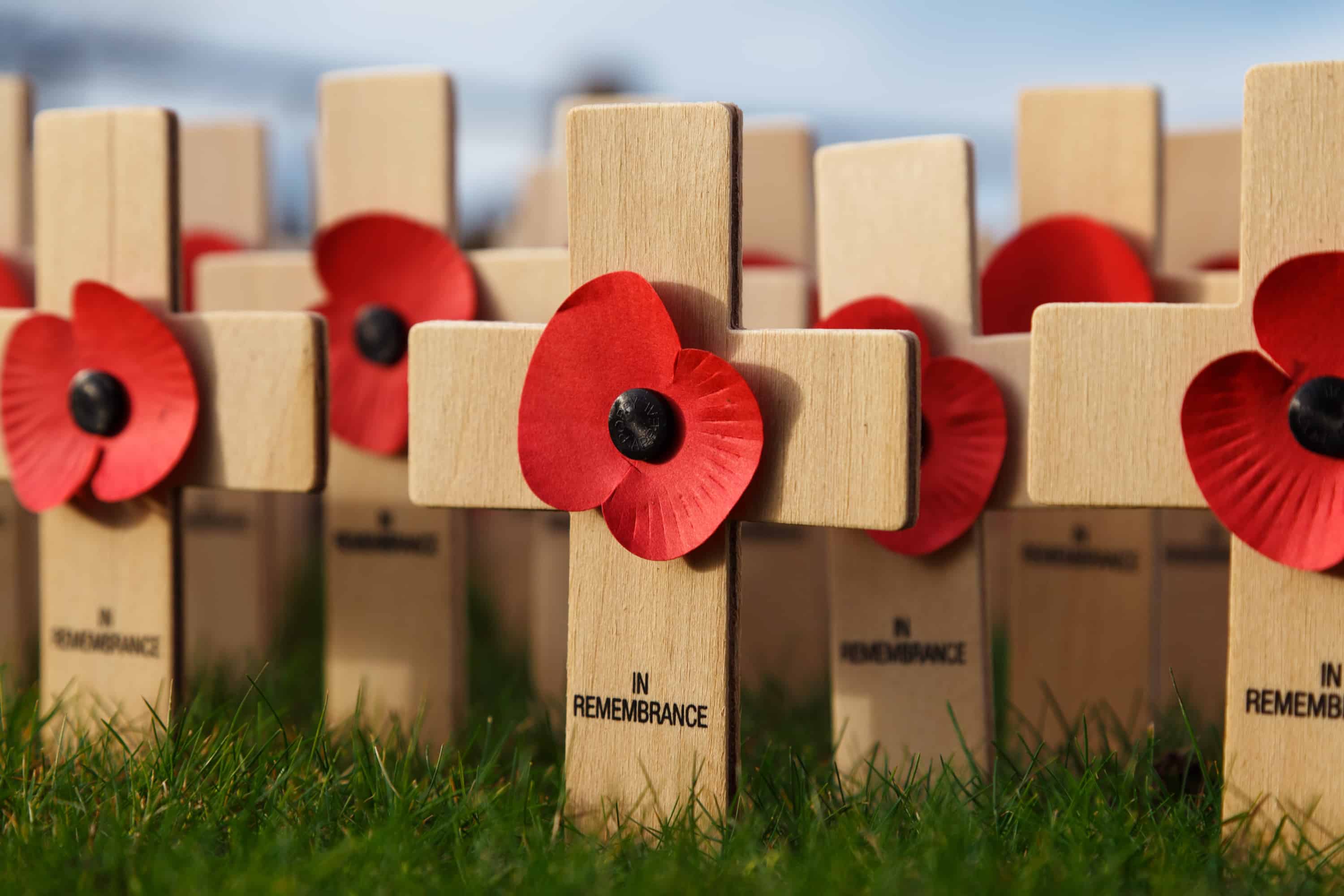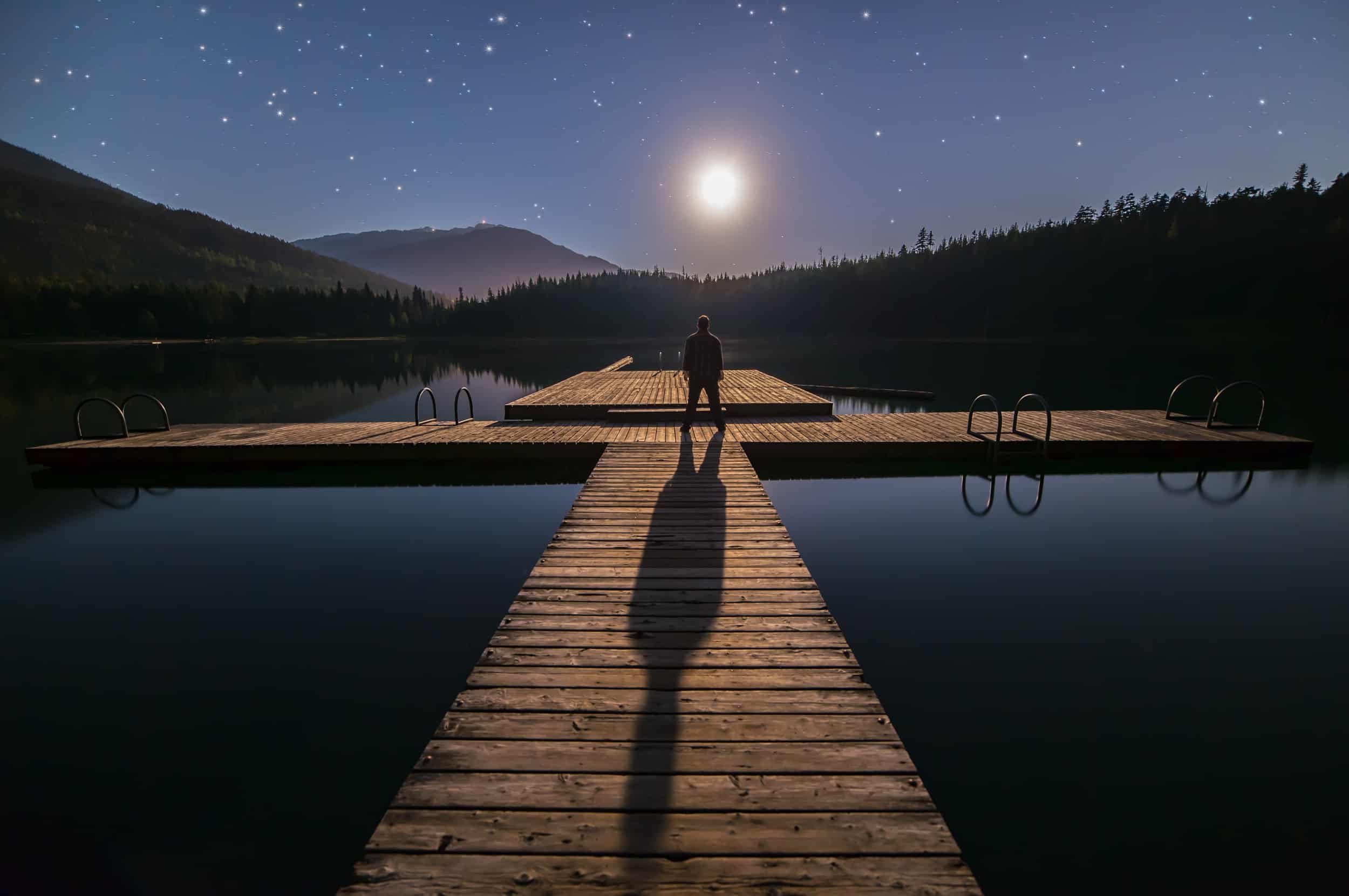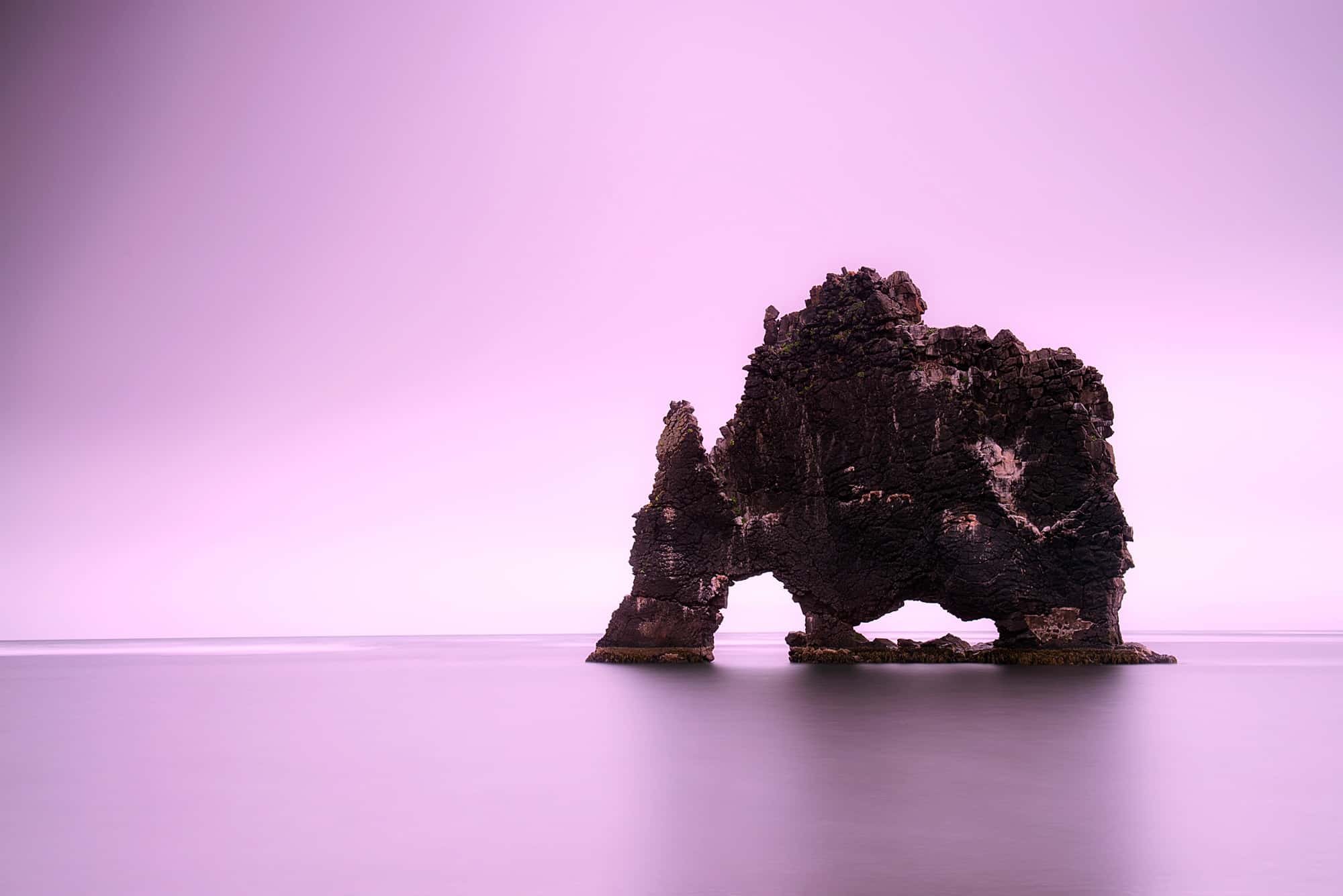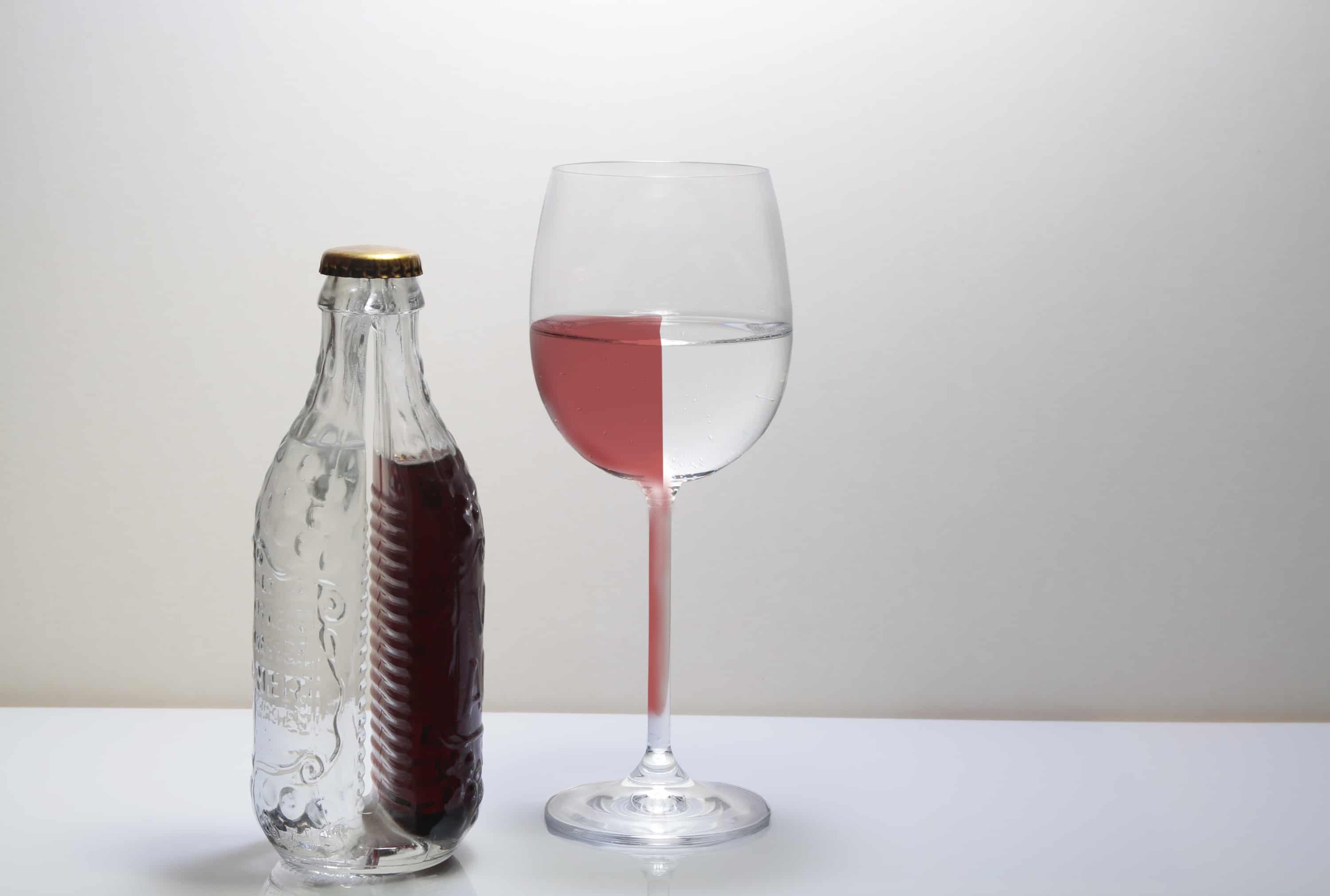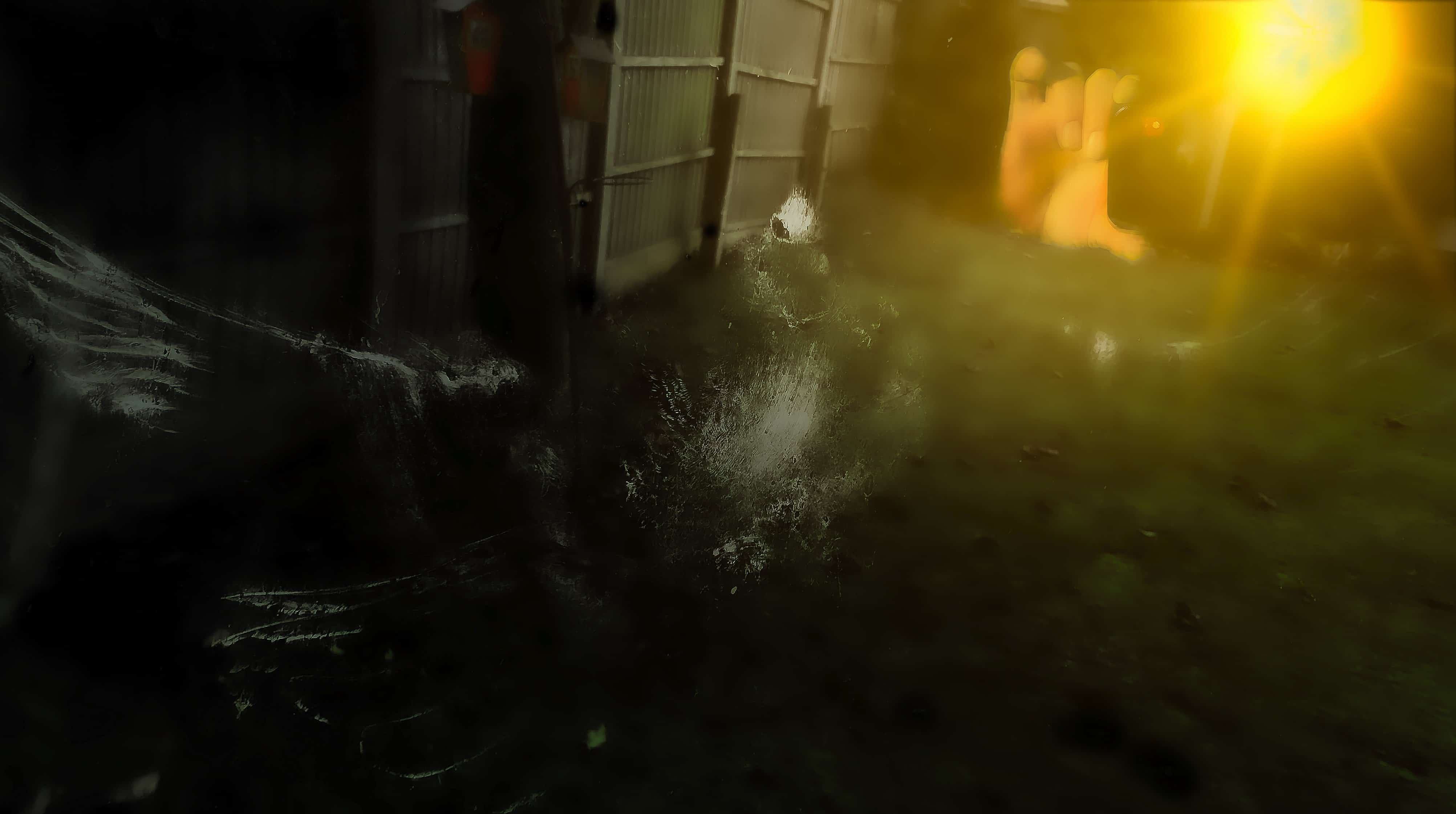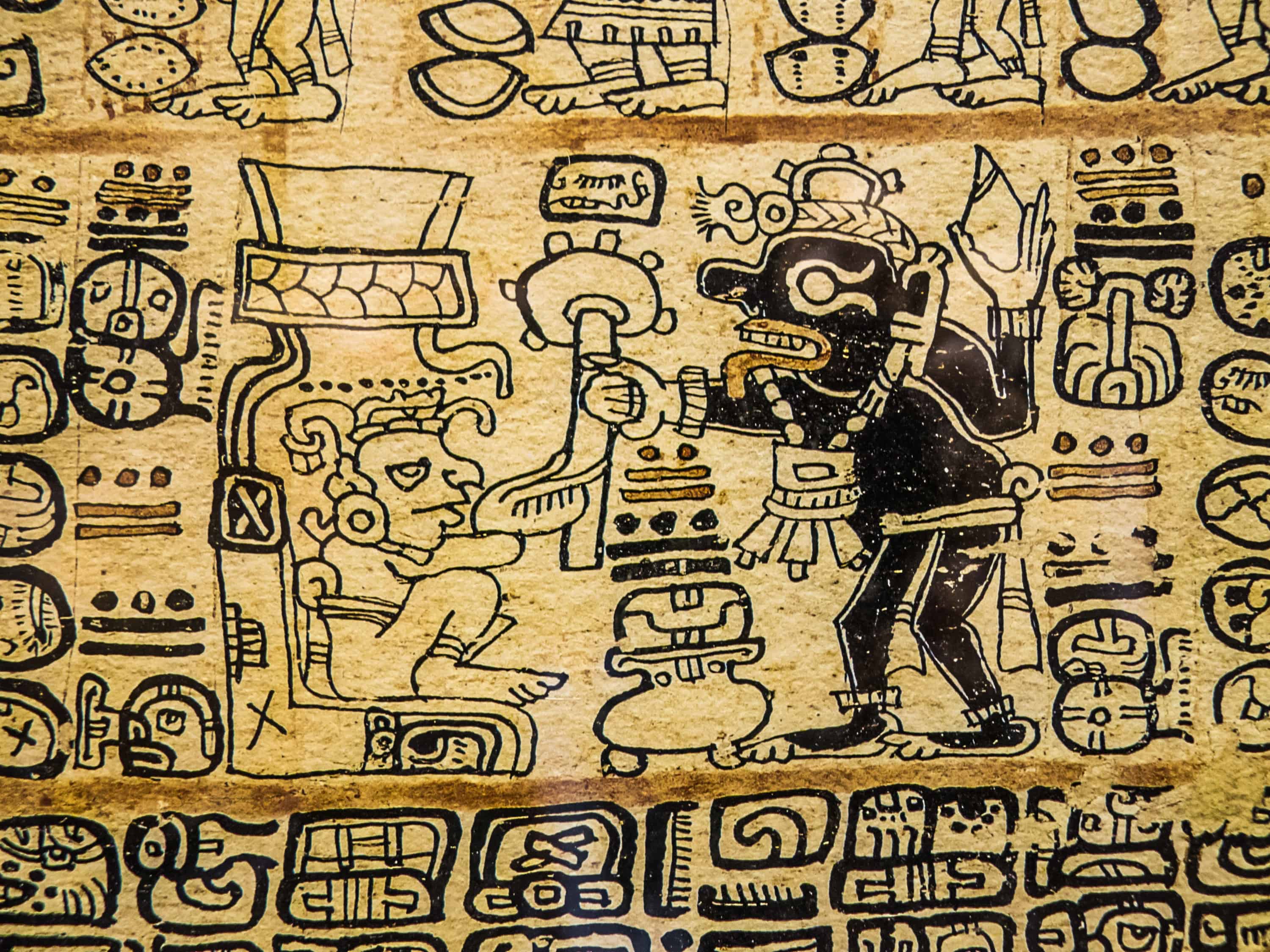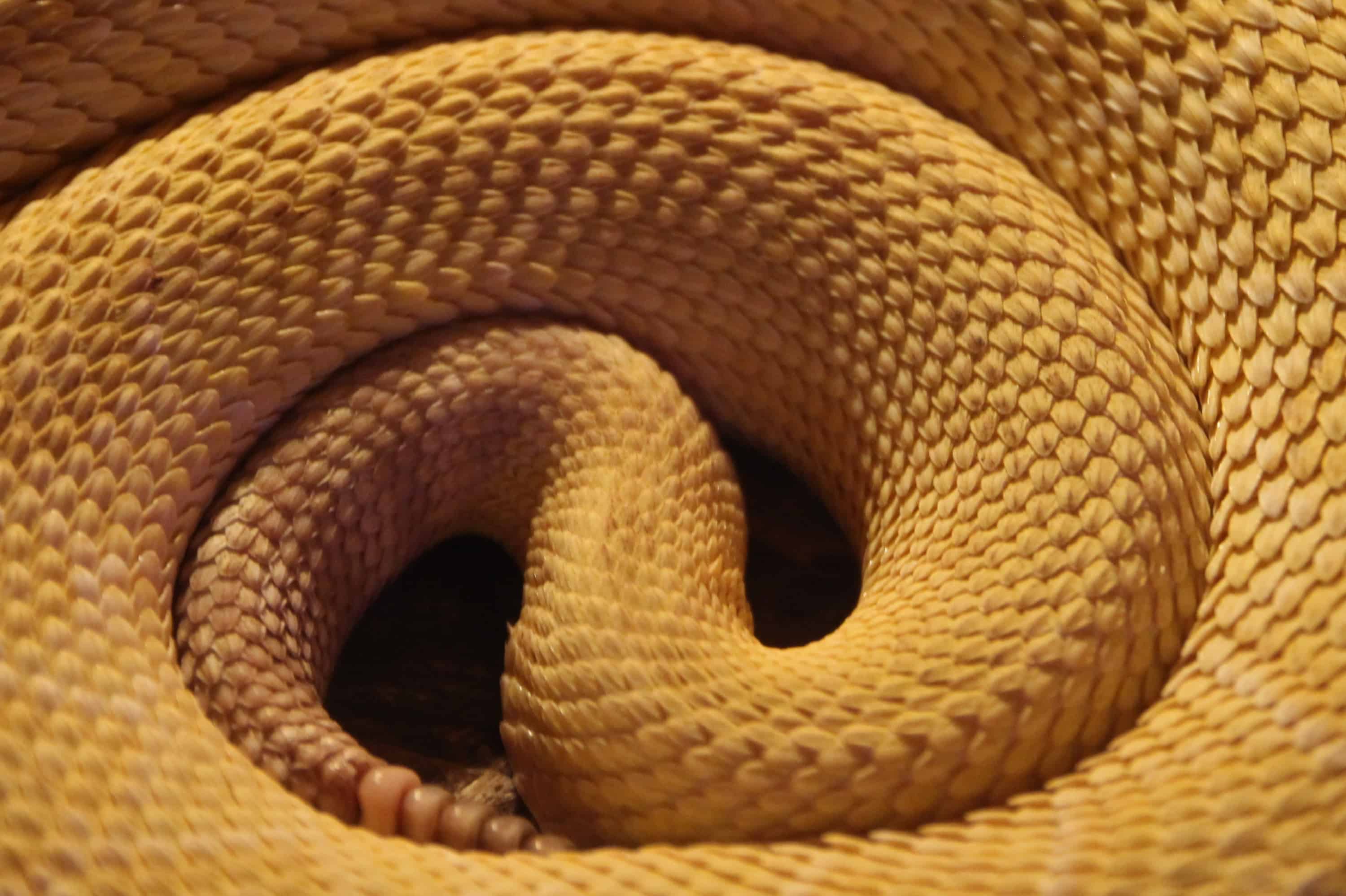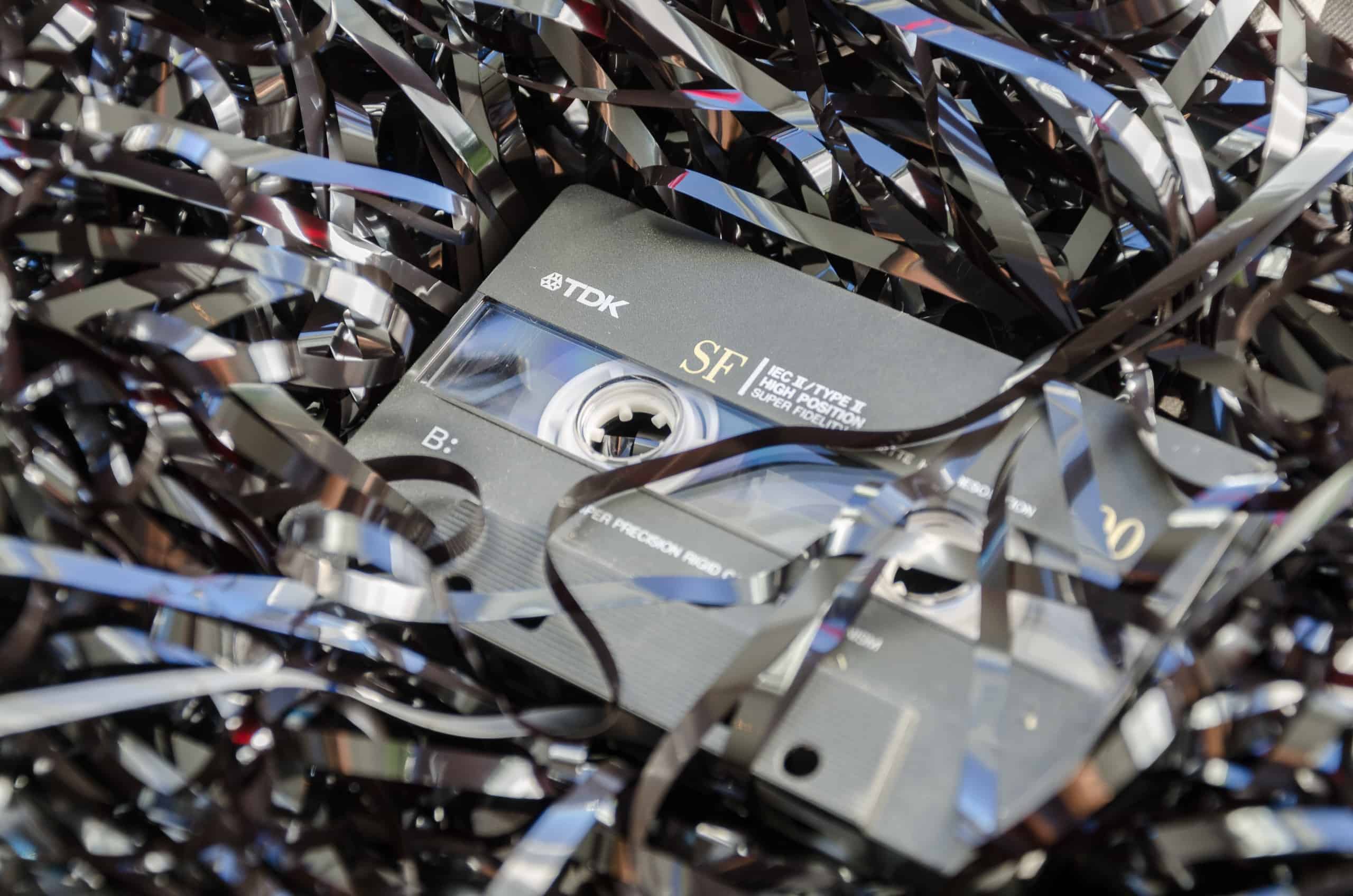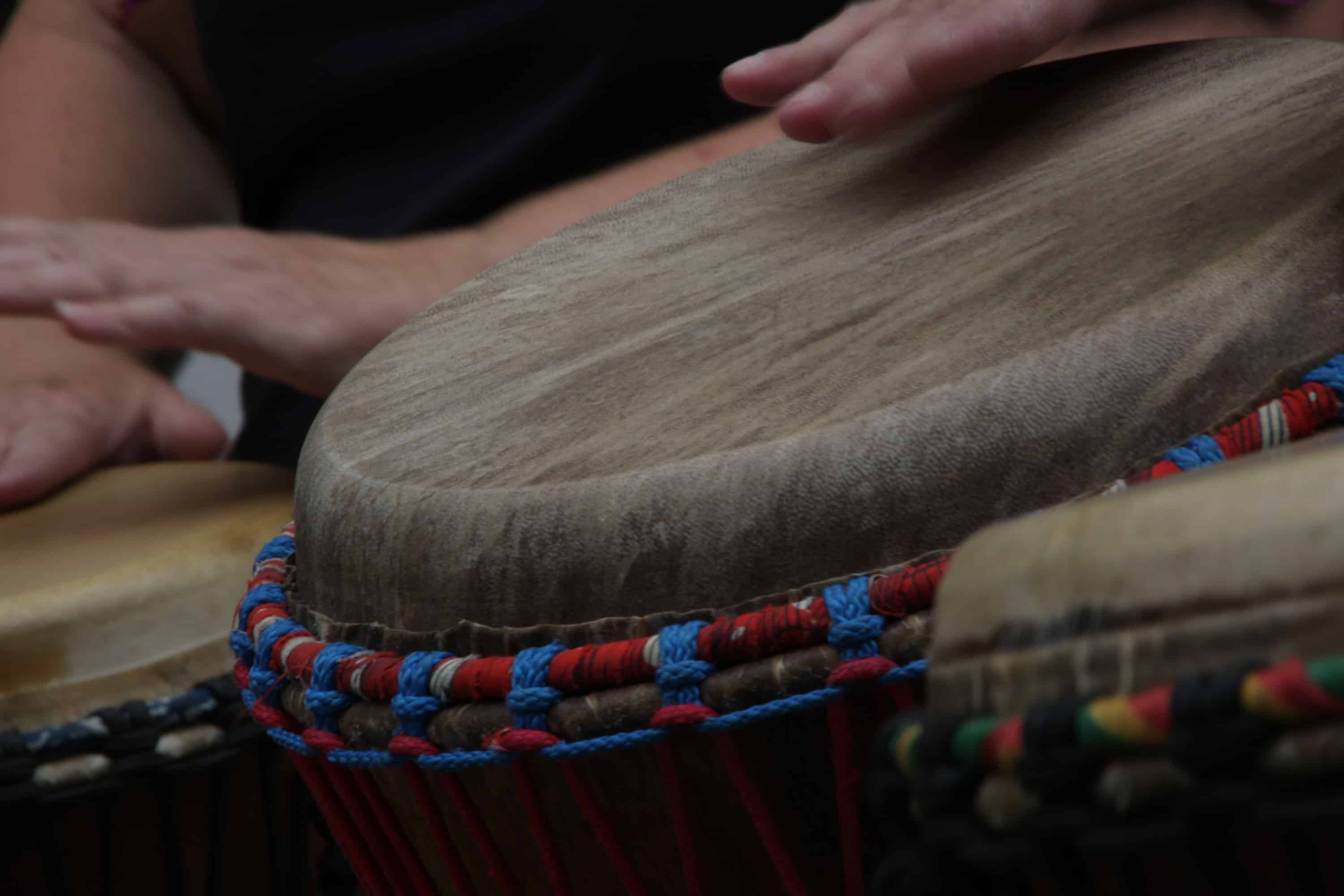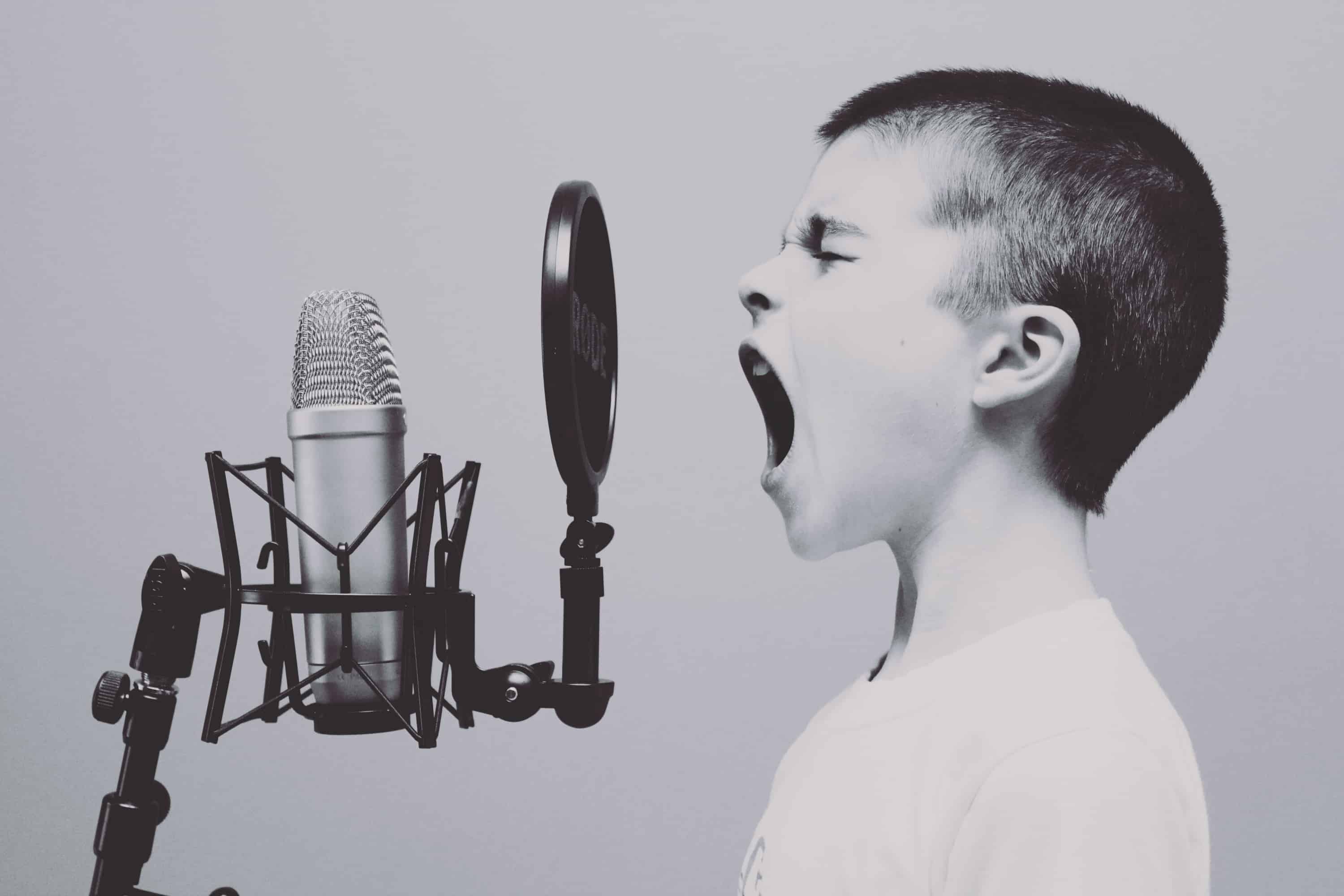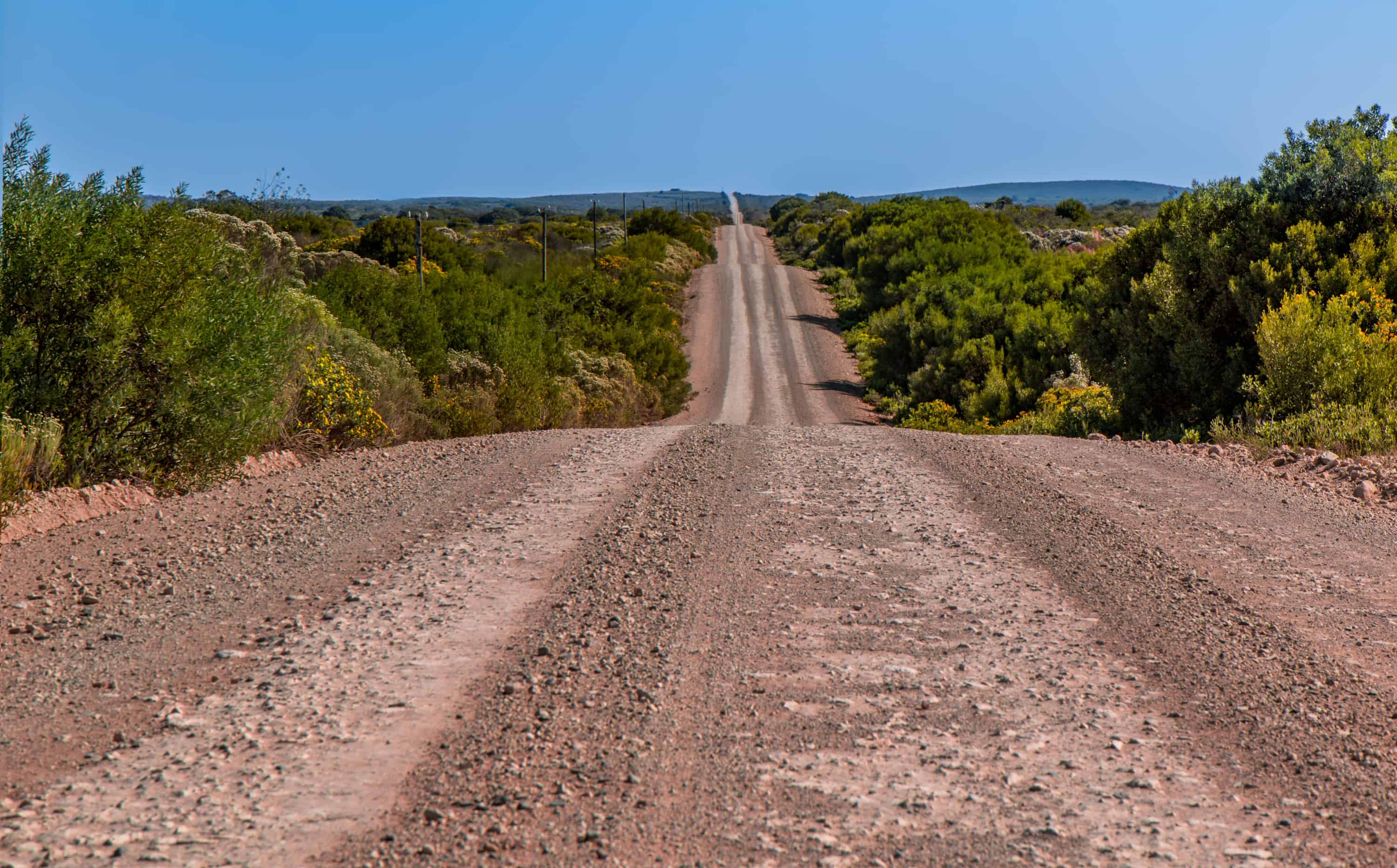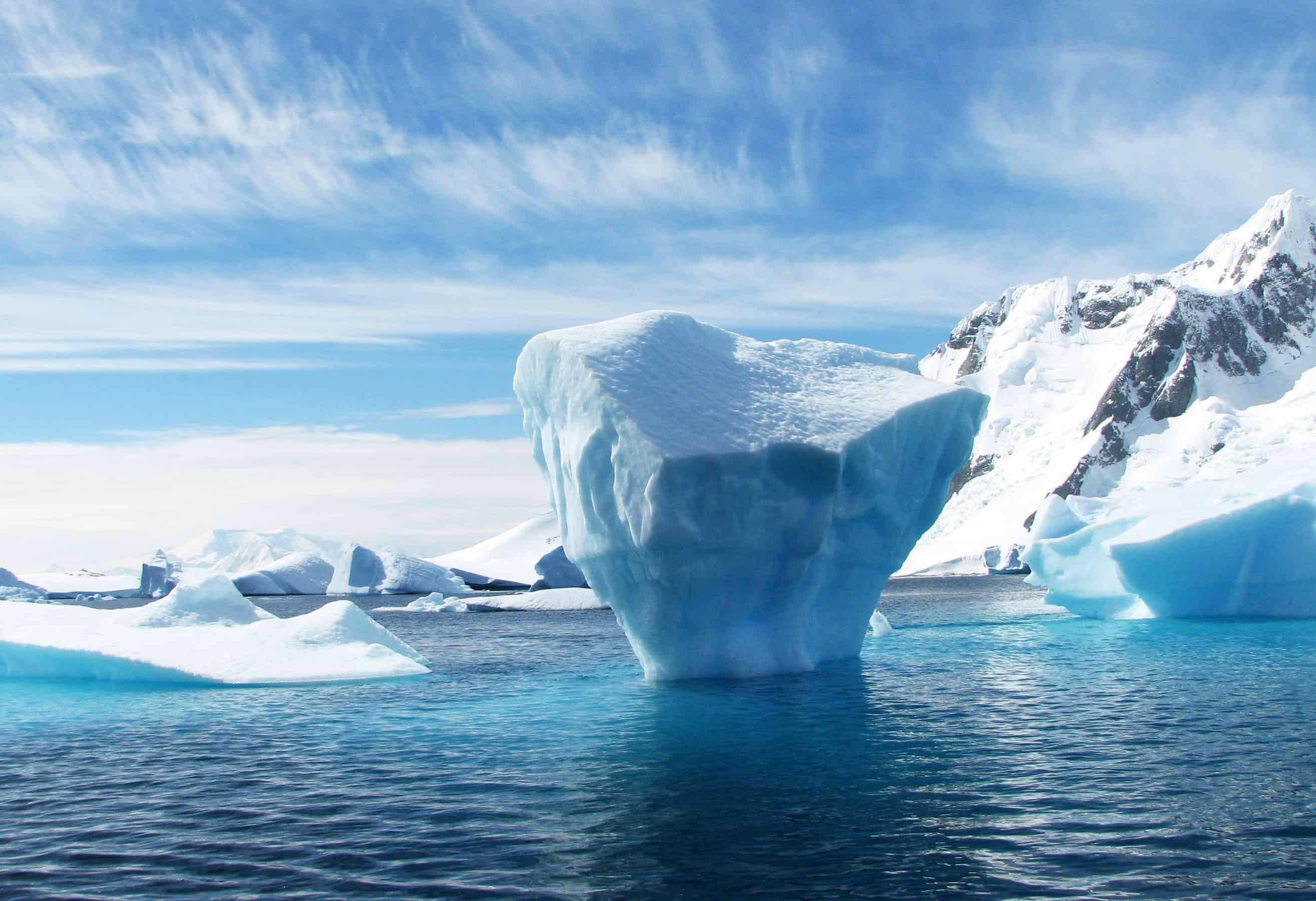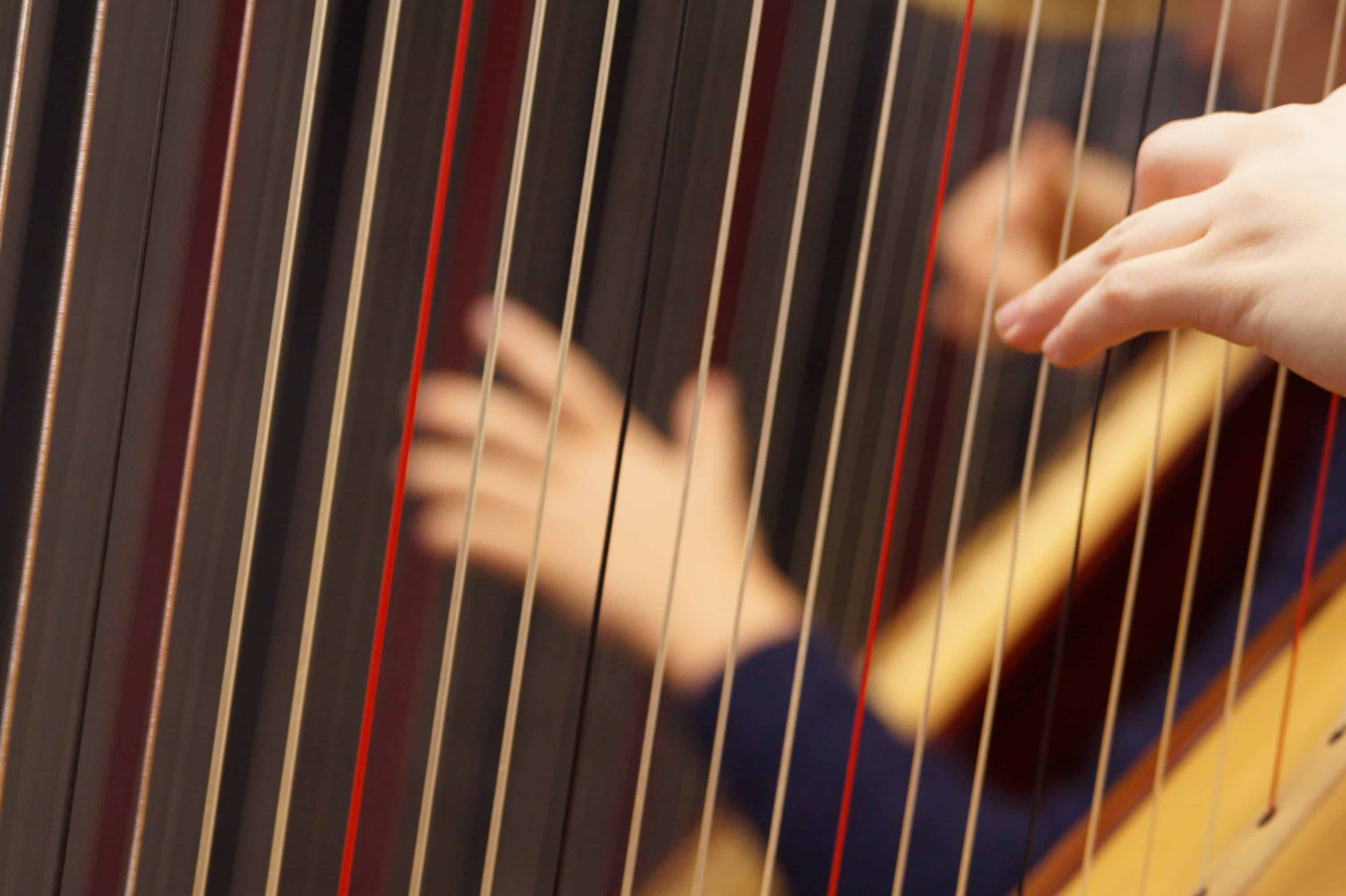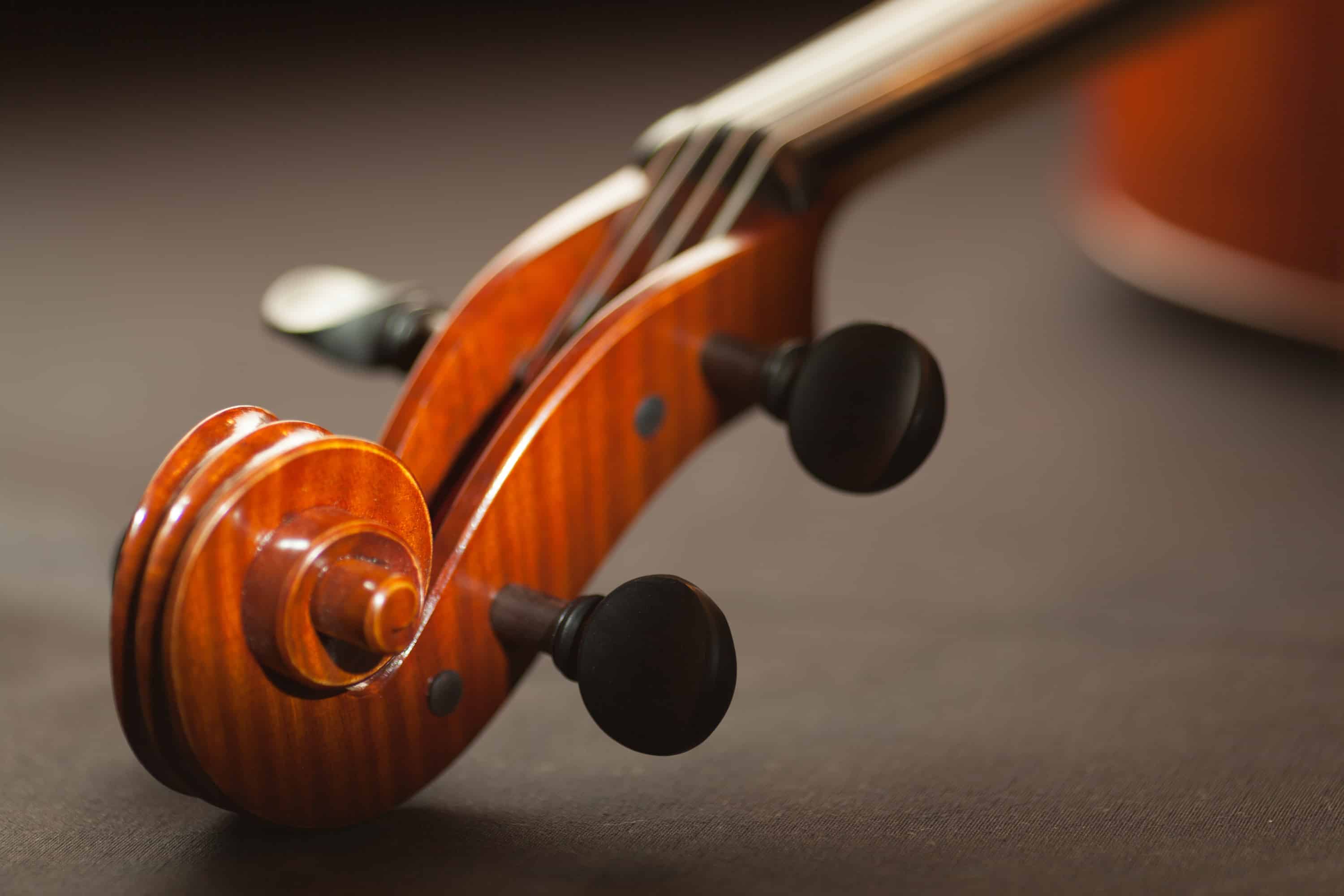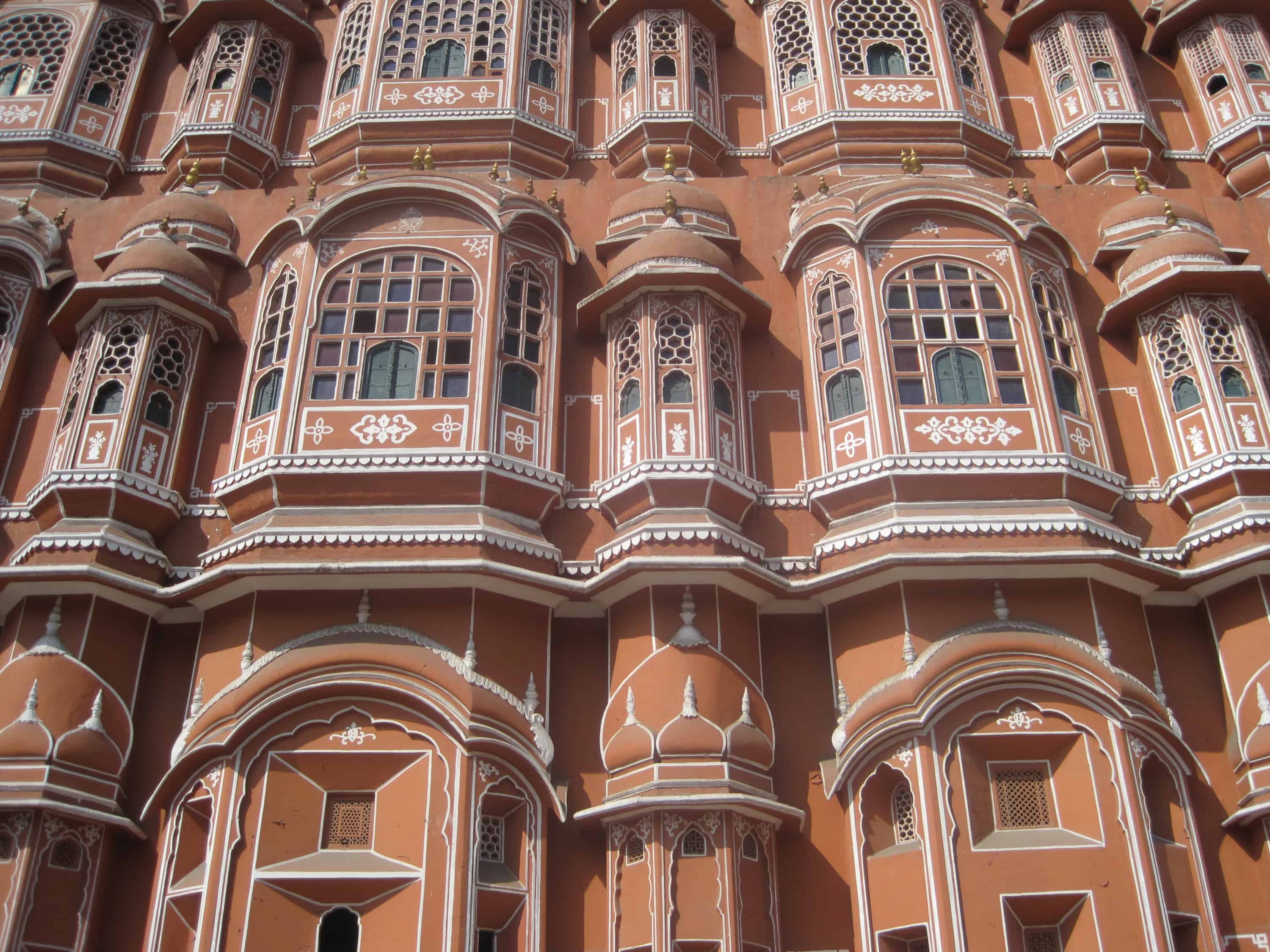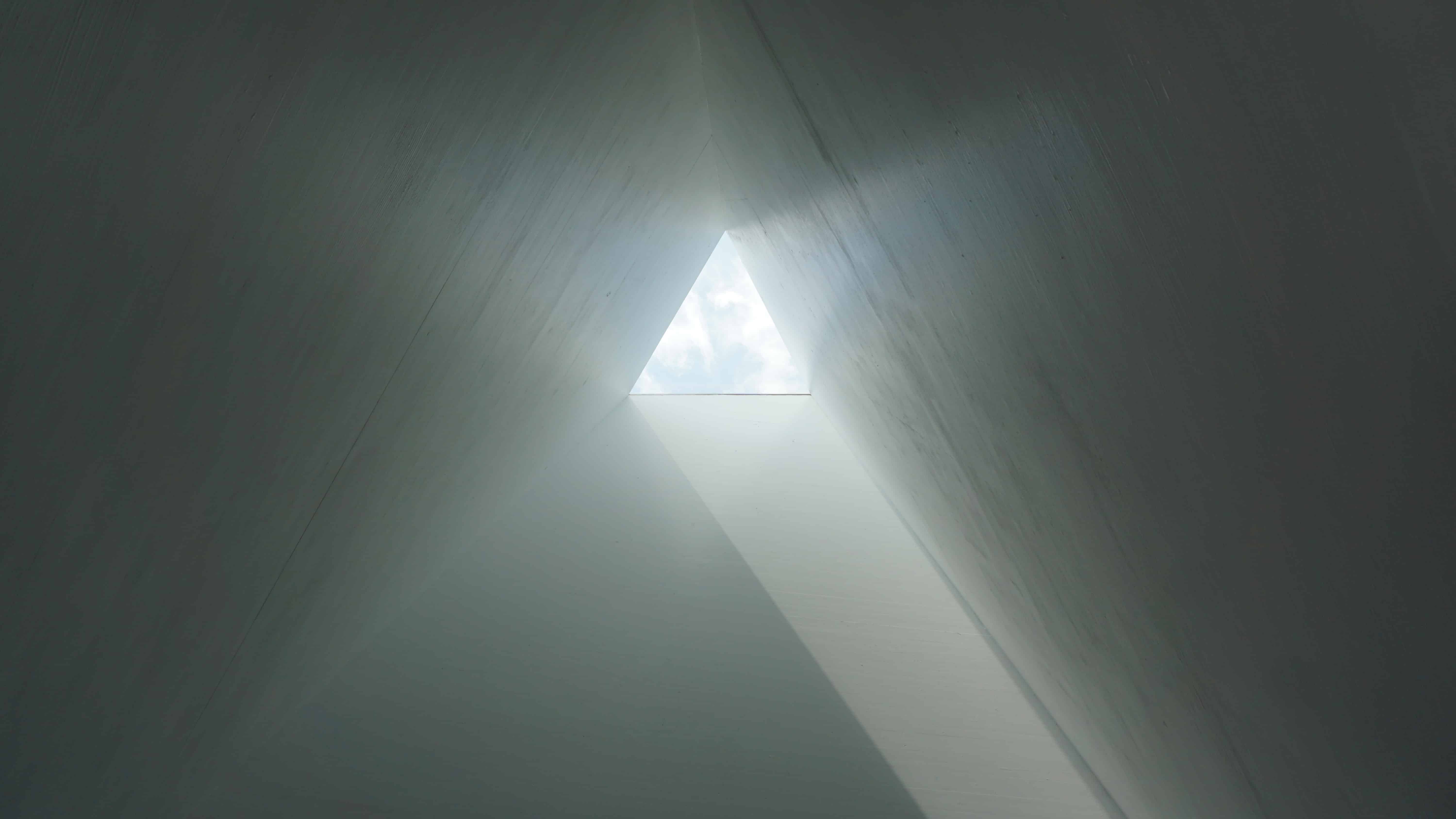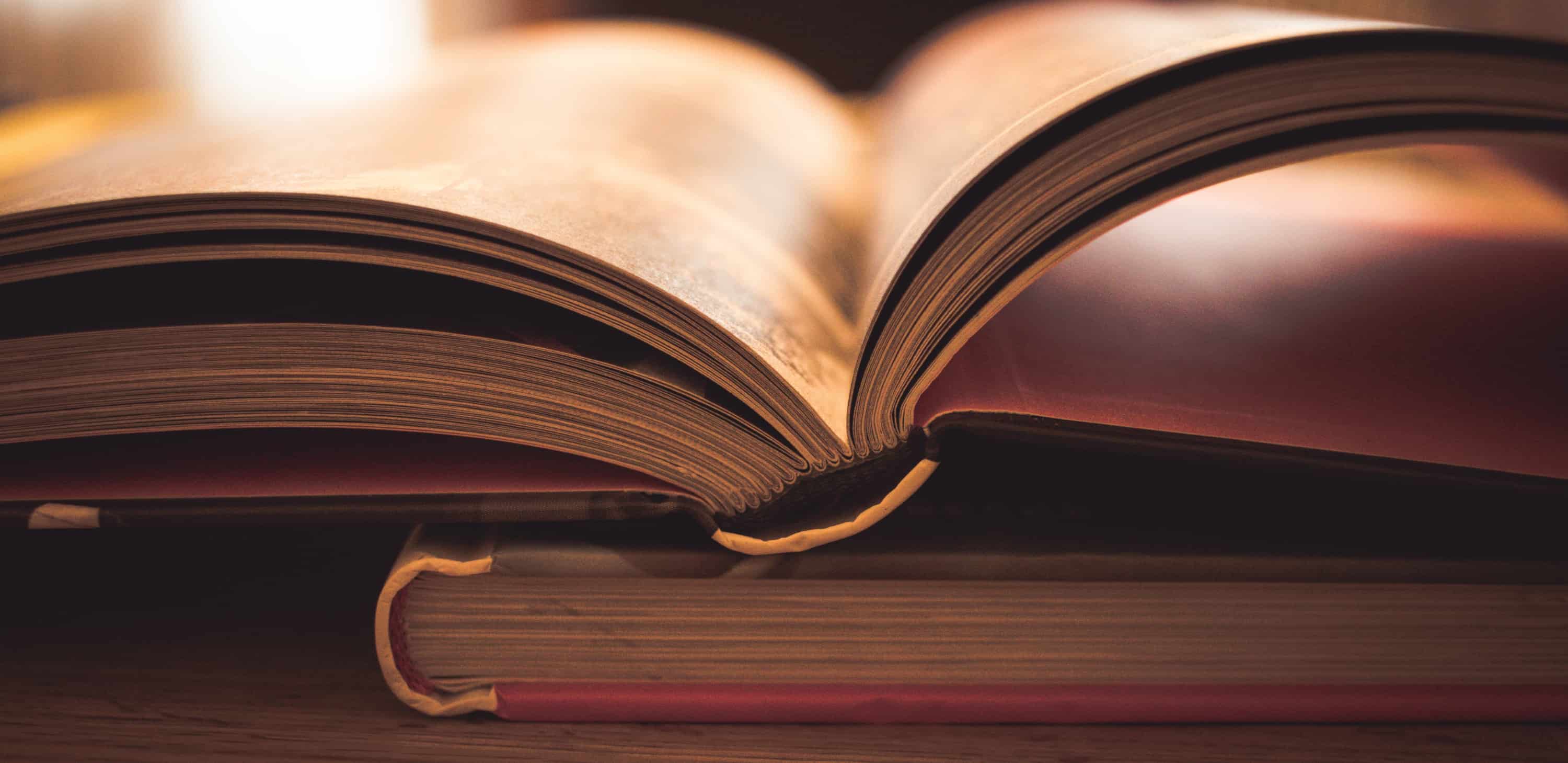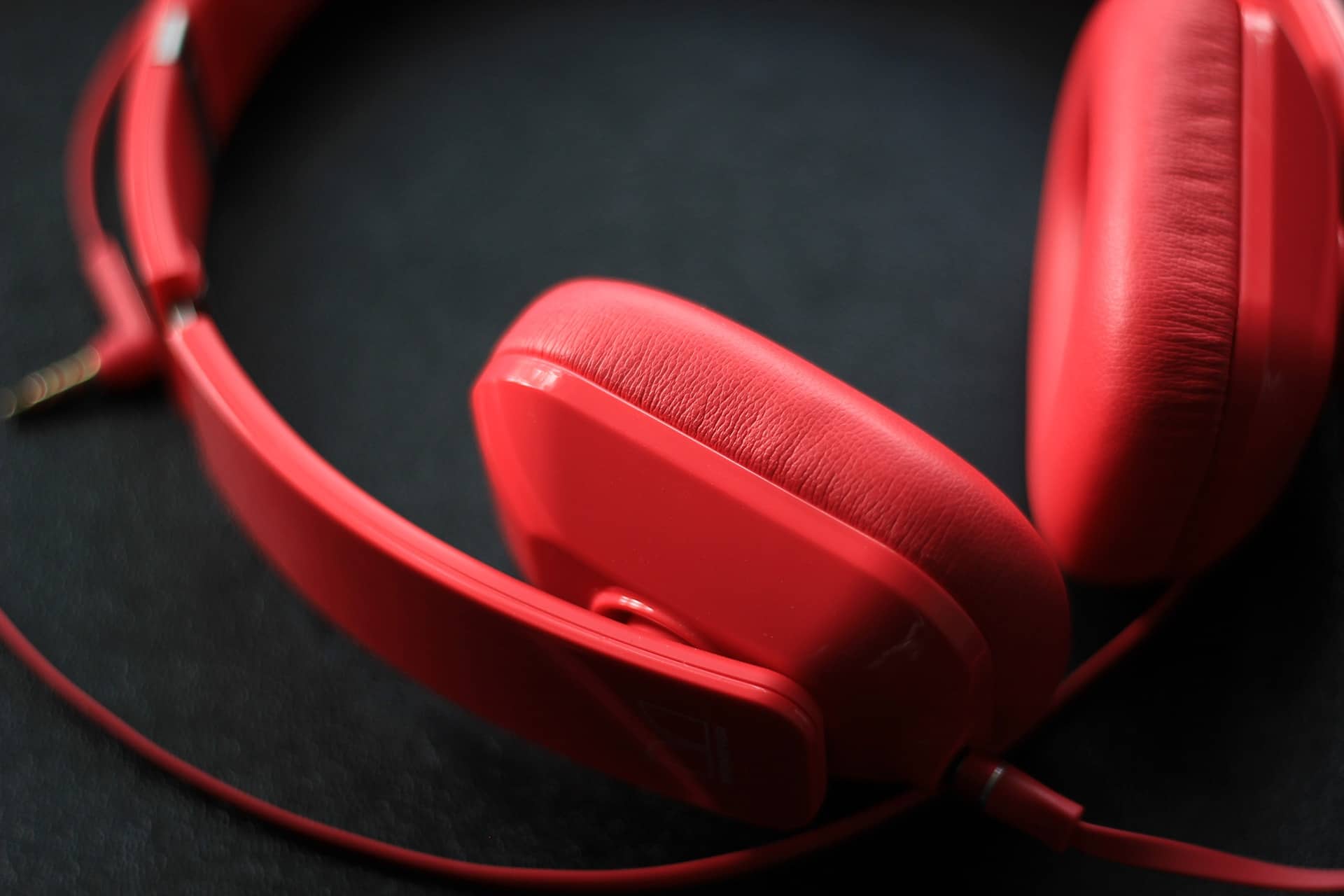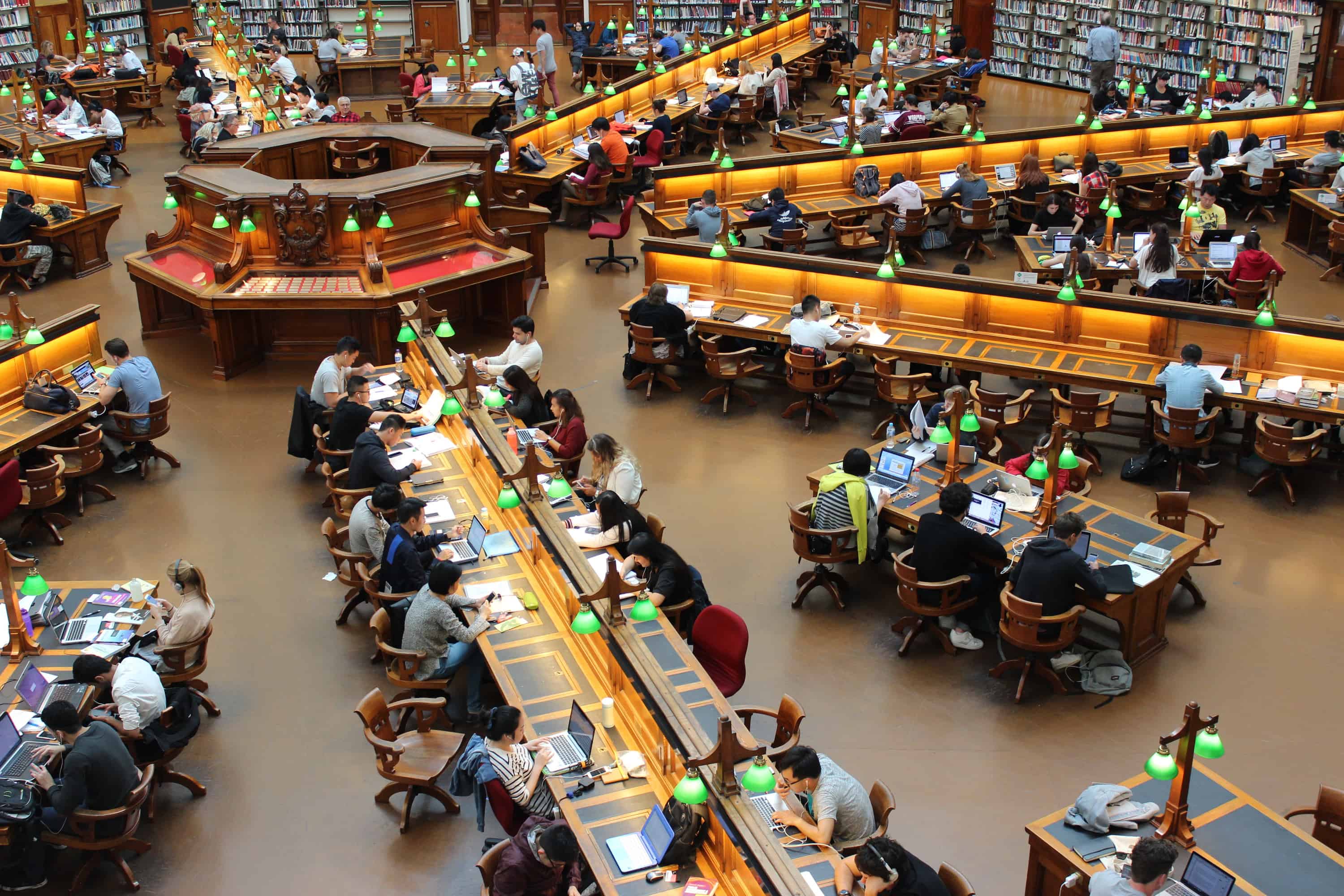Acoustic Composition 7
An Acoustic Mandala for the Fourteenth (2008/11)
[Tibet for Tibet]
Two Movements for Small Orchestra and Percussion Ensemble (53 musicians)
Manchester Live 22/10/2010
Liverpool Live 23/10/2010
In two movements for small orchestra (53 musicians), this project is the largest in terms of instrumentation, the most complex in relation to pre-compositional method and arguably the most complete piece in its use of extra-musical resources so far discussed within the collective portfolio of this composer.
The score was composed in homage to the fourteenth Dalai Lama and inspired by the ceremonial tradition of the Tibetan sand mandala:
The sand mandala [maṇḍala] is a Tantric meditation device symbolising patience, enlightenment, perfection and impermanence. Most take the form of a circle within a square, with each component constructed to a precise pattern, finite detail and glorious colour symmetry representing vimāṇa1. Quadrants of the circle are designated for specific prayers and are believed to contain the powers of the deities they represent.
Upon completion, the sand mandala is carefully brushed away during ceremonial chant to release the prayers and offerings, gathered into a prayer bowl and scattered into running water2. This ritual is representative of the impermanence of life:
“Awareness of impermanence is encouraged, so that when it is coupled with our appreciation of the enormous potential of our human existence, it will give us a sense of urgency that, I must use every precious moment.”
The 14th Dalai Lama3
When one first encountered the sand mandala, one was struck by its technical precision and visual aesthetic; intrigued by its patient ritualistic realisation, but watched in horror as it was brushed away to dust. The composer compared this to completing an orchestral score only to burn it before it was performed and felt humbled by this analogy.
1 Celestial palace where the deities described in the Tantra texts reside.
2 The mandala can also be scattered into the wind.
3 Buddhist Offerings 365 Days: Danielle & Oliver Föllmi – Thames & Hudson, London.
A Question of Research
It was intended that the mandala would influence the entire score, with all facets of compositional planning directly related to the number fourteen (14th Dalai Lama). One wanted to produce a symmetrical, circular framework (actually a circle within a square), which allowed freedom for compositional instinct, whilst maintaining an architectural connection to the external influences.
One would compose a piece of Western contemporary classical music, but with a soundworld reminiscent of Tibetan ritual music, not simply emulating the latter, but combining the two within a single authentic language. Whilst these two musical idioms may at first appear worlds apart, through aural research, it was found that they share many similarities: the role of percussion and dramatic gesture, explosions of timbral colour and dynamic crescendo.
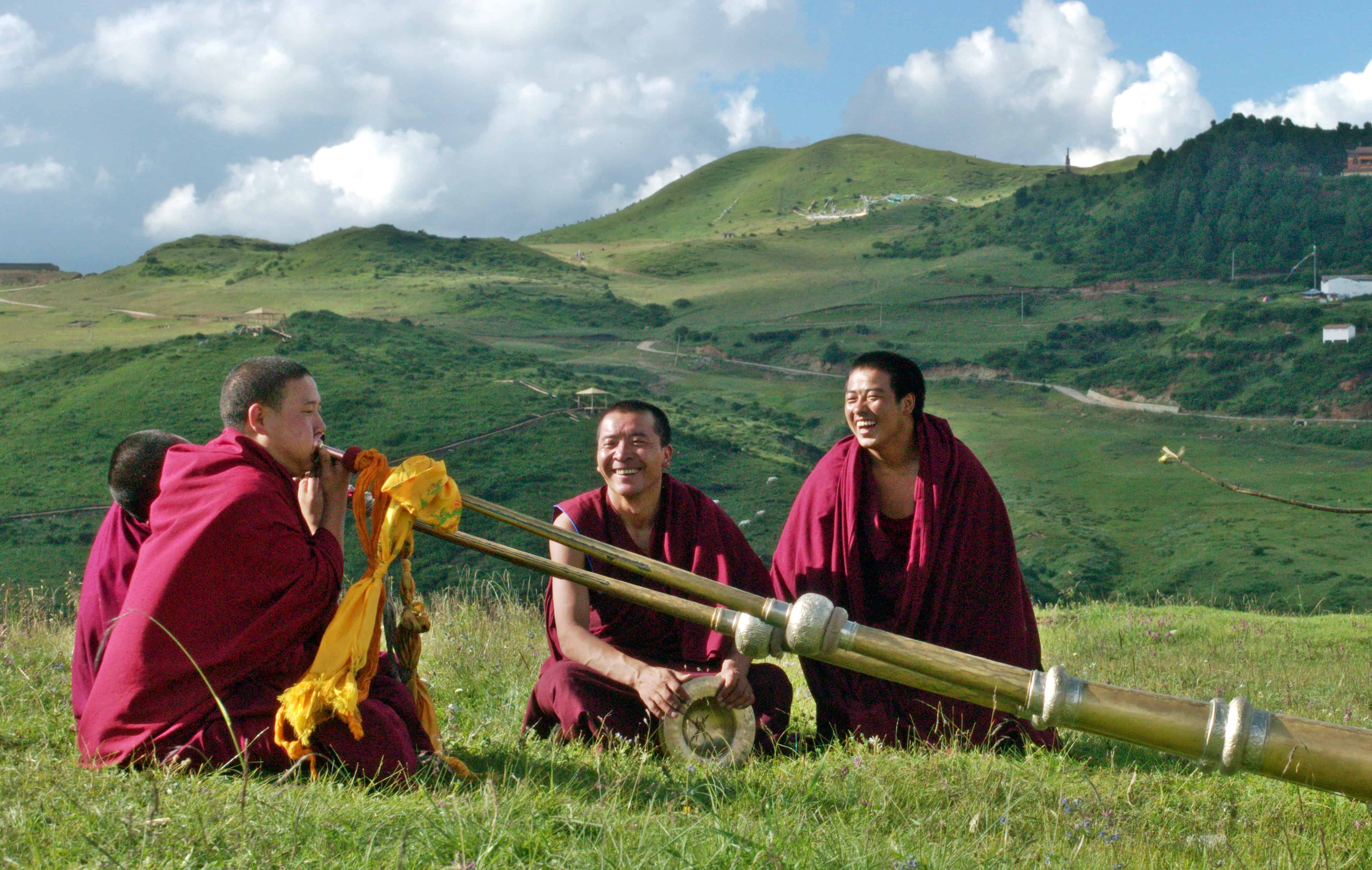
As the chant (inflected monotone recto-tono4 recitation with glottal slides up or down, to and from the note) is the most immediately recognisable element of Tibetan ritual music, it was decided that this piece would be composed around Fourteen Chants.
There is consistent appearance of and reference to the tritone in both practice and research of Tibetan ritual music, which, in contradiction to its early Western interpretation by the Catholic Church, was always heard as a consonant interval within just-intonation and is actually a near perfect division of the octave.
Most vocal chants tend to move in close relationship, often within a tritone span, so it was decided that the pitch organisation for each chant would span a tritone: a chromatic group of seven notes.
In order to explore opposing timbral and instrumental combinations within the orchestra, the composer paired an upper and lower register chant together, each spanning a chromatic tritone of specific register to produce fourteen notes in total.
Using simple equidistant theory to connect the paired chants, multiplications and divisions of the number fourteen were converted into pitch frequencies. The first two results had an immediate effect upon the formal planning and philosophy:
4 Solo voice intoning/reciting prayer or scripture around a single pitch resulting in extreme resonance.
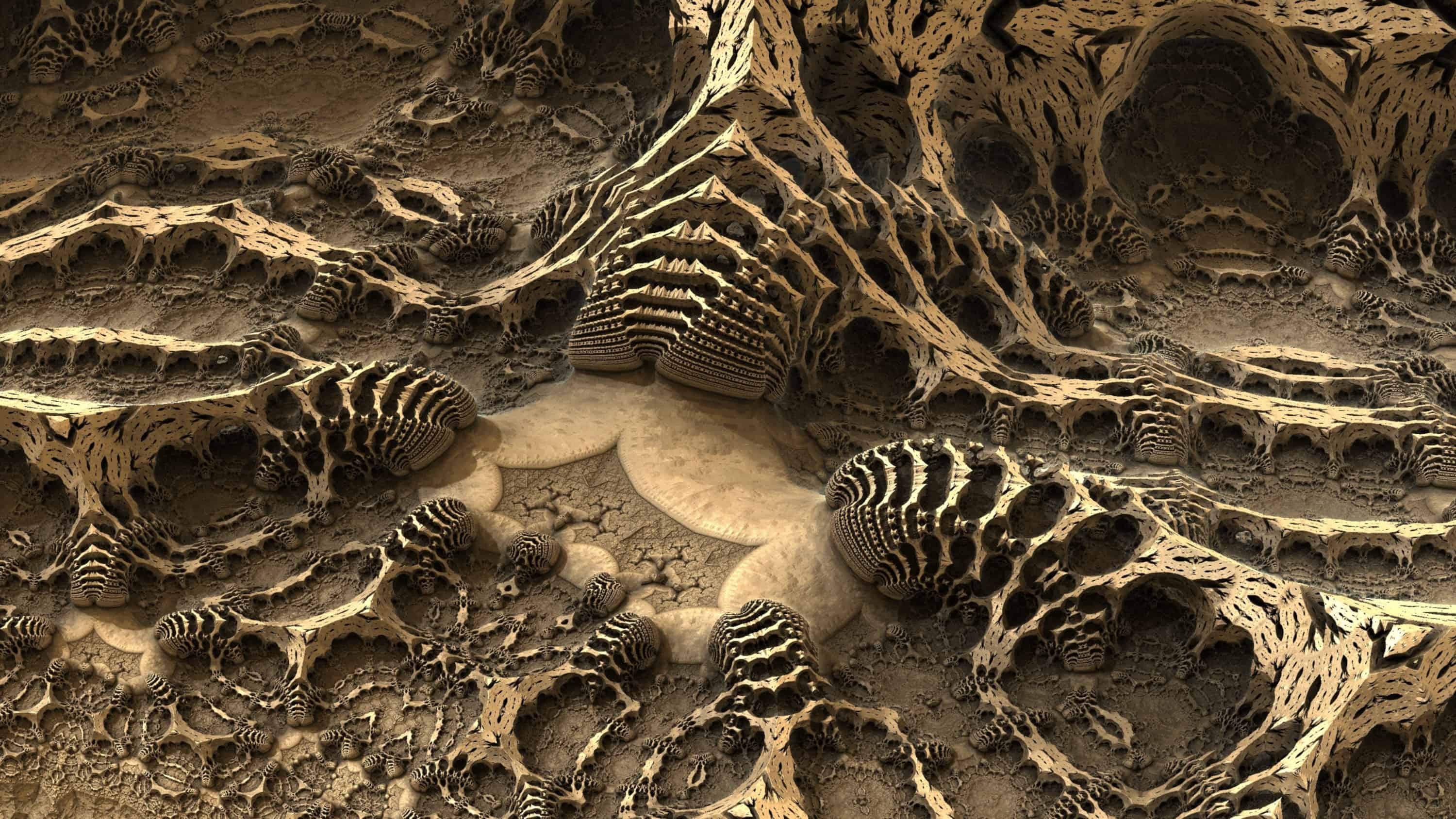
14Hz:
Infrasound can be amplified with some audible elements, but is mostly only ‘felt’ by anyone experiencing it. It is often linked with supernatural and paranormal phenomenon.
Considering the fact that no acoustic instrument can play 14Hz, the composer decided to compose Chant 1 for non-pitch and indefinite-pitch percussion. This became representative of Bodhisattva5.
28Hz:
A0 (lowest note of the piano and effectively the orchestra) immediately indicated this is where the method should begin6. This would be the first pitched chant.
It had now been recognised that to produce a symmetrical set of pitches for fourteen (14-note) chants, one would actually need fifteen chants, as the first (14Hz) would be incomplete.
The resulting lists of pitch-frequencies were then prefixed from i-xv. The most symmetrical results produced the following statistics:
Lowest frequencies | Highest frequencies | ||
i | 14 Hz – Infrasound | i | 280 Hz – C#4 [277.1 Hz] |
ii | 28 Hz – A0 [27.5 Hz] | ii | 294 Hz – D4 [293.6 Hz] |
iii | 42 Hz – E1 [41.2 Hz] | iii | 308 Hz – Eb4 [311.1 Hz] |
iv | 56 Hz – A1 [55.0 Hz] | iv | 350 Hz – F4 [349.2 Hz] |
v | 70 Hz – C#2 [69.296 Hz] | v | 392 Hz – G4 [392 Hz] |
vi | 84 Hz – E2 [82.4 Hz] | vi | 588 Hz – D5 [587.3 Hz] |
vii | 98 Hz – G2 [97.99 Hz] | vii | 658 Hz – E5 [659.2 Hz] |
viii | 112 Hz – A2 [110 Hz] | viii | 700 Hz – F5 [698.4 Hz] |
ix | 126 Hz – B2 [123.47 Hz] | ix | 742 Hz – F#5 [739.99 Hz] |
x | 140 Hz – C#3 [138.5 Hz] | x | 784 Hz – G5 [783.9 Hz] |
xi | 154 Hz – Eb3 [155.5 Hz] | xi | 882 Hz – A5 [880 Hz] |
xii | 168 Hz – E3 [164.8 Hz] | xii | 1106 Hz – C#6 [1108.7 Hz] |
xiii | 182 Hz – F#3 [185 Hz] | xiii | 1246 Hz – Eb6 [1244.5 Hz] |
xiv | 196 Hz – G3 [196 Hz] | xiv | 1568 Hz – G6 [1568 Hz] |
xv | 210 Hz – G#3 [207.6 Hz] | xv | 1862 Hz – Bb6 [1864.7 Hz] |
The left columns in the table define the lowest pitch for the lower chants and the right columns define the highest pitch for the upper chants.
5 The first enlightened being; noun in Buddhism: A being that has attained perfect enlightenment but compassionately refrains from entering nirvana in order to save others.
6 A0 is actually 27.5Hz. To make the system work more instinctively, the composer rounded frequencies to the nearest concert pitch. Bb0 is 29.135Hz and so in this case the closest pitch is A0 = 27.5Hz.
As the following example illustrates, there were now fourteen pairs of tritone chants, plus an incomplete (fifteenth) Chant 1:
The paired chants (14 notes) were then placed into a pitch matrix to see if any other patterns could be recognised and adopted. The composer immediately realised that columns L2 to H15 in the following example could also be related to each Chant:
This method dictates pitches in specific register. If one wanted to play an octave to A0 in Chant 2, the only option would be an A3. If column L2 is included, then pitches A1 and A2 could also be used. It was hoped that this restriction would produce some intriguing timbral combinations and force the composer to find unusual alternatives to conventional orchestration when balancing meta-instrument events and vertical harmonies.
Recognising that the chant material was still very linear, one conceived the idea of Fourteen (14-note) Chords. As demonstrated in the following examples, a consecutive symmetrical pattern was applied to the Chant Matrix. This produced a series of chords numbered from 2-15 corresponding to their relative chants (Chord 2 would be paired with Chant 2 to expand the pitch palette available within each section):
As shown in the following example, these fourteen chords (numbered 2 – 15) were then arranged into a Chord Matrix:
When viewed consequentially and in notation form, the motion and texture of the chords is quite symmetrical around a central axis and fairly well balanced without direct repetition. The sequence suggests passages of crescendo, or timbral density as the pitches cluster together towards the middle of the sequence. It is framed by contrary motion and expanding registers:
Having established compositional materials and the general order of their placement, one needed to consider how they would be distributed within the form of the work. The piece would be based upon Fourteen Sections (plus Percussion Chant 1), with each relating to specific Chant and Chord materials. These Fourteen Sections are referred to from now on as Chants.
Some absolutes were required through which to calculate a precise circular symmetry: The form would be initially mapped in 4/4 at crotchet equals 60 (crotchet = 1 second). Each chant would last for 196 beats (14 x 14) or 49 bars, which equals 196 seconds (3’16”). All proportions would be a division or multiplication of the number fourteen.
Placing the chants consecutively appeared too formulaic and simplistic when considering the intricate geometric symmetries of the mandala. Besides, fourteen chants lasting 3’16” would result in a length of 45’44”, which seemed excessive. The duration of each chant was already predetermined, and so the only way to reduce the overall length of the score was to overlap the sections (chants). After some complex sketches, it was discovered that working outwards from a central axis was the key to planning symmetrical and asymmetrical proportional form.
The following example illustrates a central axis of overlapping transition. The sections seem to stretch outwards from the centre, expanding in length as they would within a circular ripple. This was an ideal characteristic. For further details see Acoustic Mandala Form Plan PDF.
Having mapped the work with strict reference to preconceived form and materials and established a tangible connection in all resources to the number fourteen, the composer was satisfied that the external influences were embedded within the language and architecture. During later stages of composition, one was allowed the luxury of instinct, practicality and musicality to shape the score into its final form.
The need for breath, pause and pacing affected proportion and no matter how inventive one was with notation, the score could not be kept at one tempo and time signature throughout, so the crotchet equals 60 in 4/4 idea was compromised many times to include accelerando and crescendo, ritardando and dissipation. This also meant the compromise of some theoretical rhythmic symmetry.
With these compromises came additional length. The halfway point of the preconceived form was originally 14’00”, but was now ca.17’00” (Figure UU). The piece would be longer in the real world than anticipated in the theoretical one.
The orchestra had just reached its highest crescendo and to use an analogy in relation to extra-musical stimuli, the mandala felt complete. The material one was sketching after this point had taken on a fundamental change in character and so it was initially decided to end this Acoustic Mandala at the height of crescendo and complete (or should one say dismantle and scatter) the theoretical mandala within another orchestral work.
However, removing this material from the evolving score seemed to liberate creativity and one immediately composed new material. Preconceived parameters were still diligently applied, but one had accounted for (validated) the latter parts of the formal symmetry by planning a second piece.
The composer now felt liberated to compose more instinctively within the boundaries of established methodology and process, sculpting away with the passing pitch content, whilst observing formal proportions until the conclusion presented itself naturally.
In retrospect, the instinctive imperfections of method and process coupled with the reducing textures and densities, towards the latter part of the score seemed to reflect the ritual scattering of the mandala quite effectively.
The final form with reference to all divisions of chants and transitions along with their distinguishing compositional characteristics is illustrated in the score preface (see Acoustic Mandala Final Form Chart PDF).
Acoustic Mandala for the Fourteenth in Context
This piece was influenced by a source one could not access a score for: Toshiro Mayuzumi’s Mandala Symphony (1960). Apart from sharing similarities in pre-compositional philosophy, the soundworld is evocative, intoxicating and ultimately inspiring.
“The integrated six-note rows employed as the primary compositional material were acquired through analysis and structure of the overtones from the bell of a Buddhist temple”7.
Mayuzumi’s rows and harmonics seem comparable to the seven-note chromatic chants in this piece and how they were paired through equidistant reference to pitch frequencies.
The idea for the syncopated unison ostinato that is used within the first movement came from Tibetan ritual music, where reiterated notes are common. The brass ostinato later in the movement was inspired by the distinctive sound of dungchens8. This type of sound can be heard within Philip Glass’s score for Martin Scorcese’s Kundun9 (1997).
The music of Jonathan Harvey has always been of analytical and creative interest to this composer. His use of frequency numbers and the harmonic series, with references to extra-musical spirituality, ancient cultures and mythology are clearly relevant to these studies. Harvey’s Body Mandala (2006) employs a brass ostinato around a reiterated Bb over an Ab bass at various times in the score that is very similar to the brass ostinato used in this piece.
The score for Birtwistle’s Triumph of Time (1972) provided textural ideas for the processional writing in the second movement and the multi-timbral syncopated accent is reminiscent of Ravel’s Bolero (1924).
The setting of chant-like statements, which concludes the work, was directly inspired by the evocative soundworld of Mayuzumi’s Mandala Symphony.
7 Katayama, Morihide (translation SOREL): Mayuzumi: Mandala Symphony, Naxos 2005 CD 8.557963.
8 Long Tibetan low horn usually played in pairs; dung chen
9 Movie based upon the life of the fourteenth Dalai Lama.
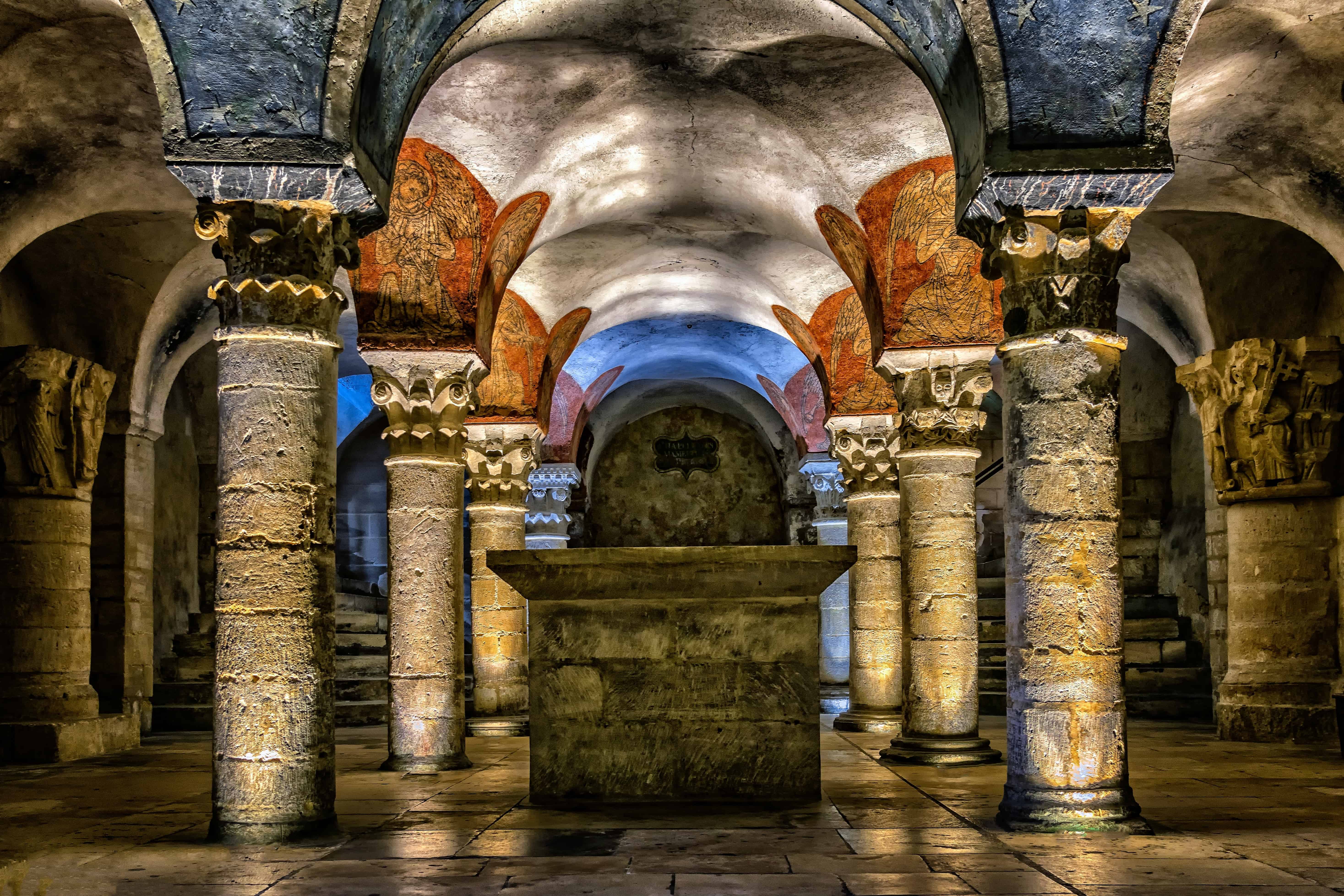
An Acoustic Mandala for the Fourteenth in Conclusion
Though one feels the first movement is more exciting with its explosions of timbral colour, virtuosic percussion and driving ostinato, it was found that the clear units of texture, instrument line and timbre, coupled with the simple division of form and structure in the second movement translated very well into performance.
Direct Pdf Links :
An Acoustic Mandala for the Fourteenth (2008/11)
[Abridged Arrangement]
Scattering of the Mandala (2020)
Single Movement for Small Orchestra and Percussion (49 musicians)
Guide Recording
The Scattering of the Mandala is an abridged and slightly edited arrangement of An Acoustic Mandala for the Fourteenth. In this version, the piano has been omitted and the percussion has been reduced to three players. Rather pleasingly (considering the context and methods explored in this work), the orchestra now uses forty-nine musicians (7x7). No music was harmed during the making of this score …


